What do you think of when you picture Brazil? Do you think of the bountiful Amazon? Or perhaps of Rio’s sexy shoreline peppered with scantily-clad beautiful people, and the chaos of Carnivale?

Brazil certainly has a well-established tourist path with plenty of astounding natural beauty, but a vast country such as Brazil has to have a few secrets left, right? For those who want to get well and truly off the “gringo trail”, the northern state of Ceará is vying to give Brazil’s major tourist destinations a run for their money.
The state of Ceará – positioned right on the tip of Brazil’s northern shores – is currently somewhat unheard of by foreign tourists. But, Brazilian nationals from surrounding states flock to Ceará for sun, sea, sand and plenty of Samba. The town of Jericoacoara – or “Jeri” – as it’s affectionately called, is already a moderately established destination where Brazilians and a small collection of foreigners have been lured in by the great kitesurfing conditions. In Jeri sand fills the streets and visitors spend their days lazing around on blissful beaches awaiting the next great day of wind.
But as of now, Jericoacoara remains the only part of the state that draws in foreign tourists on the regular. With the upcoming expansion of Fortaleza’s Pinto Martins Airport, the state of Ceará is hoping to catch the eye of adventurous Europeans wanting to see just what lies beyond the mystic dunes that are synonymous with this region. While Fortaleza in itself is no gem, it’s the gateway to the area and with a smooth flight time of just seven hours from Lisbon and only three hours behind GMT, could this be the next sizzling South American hot spot? I travelled to Ceará to find out.
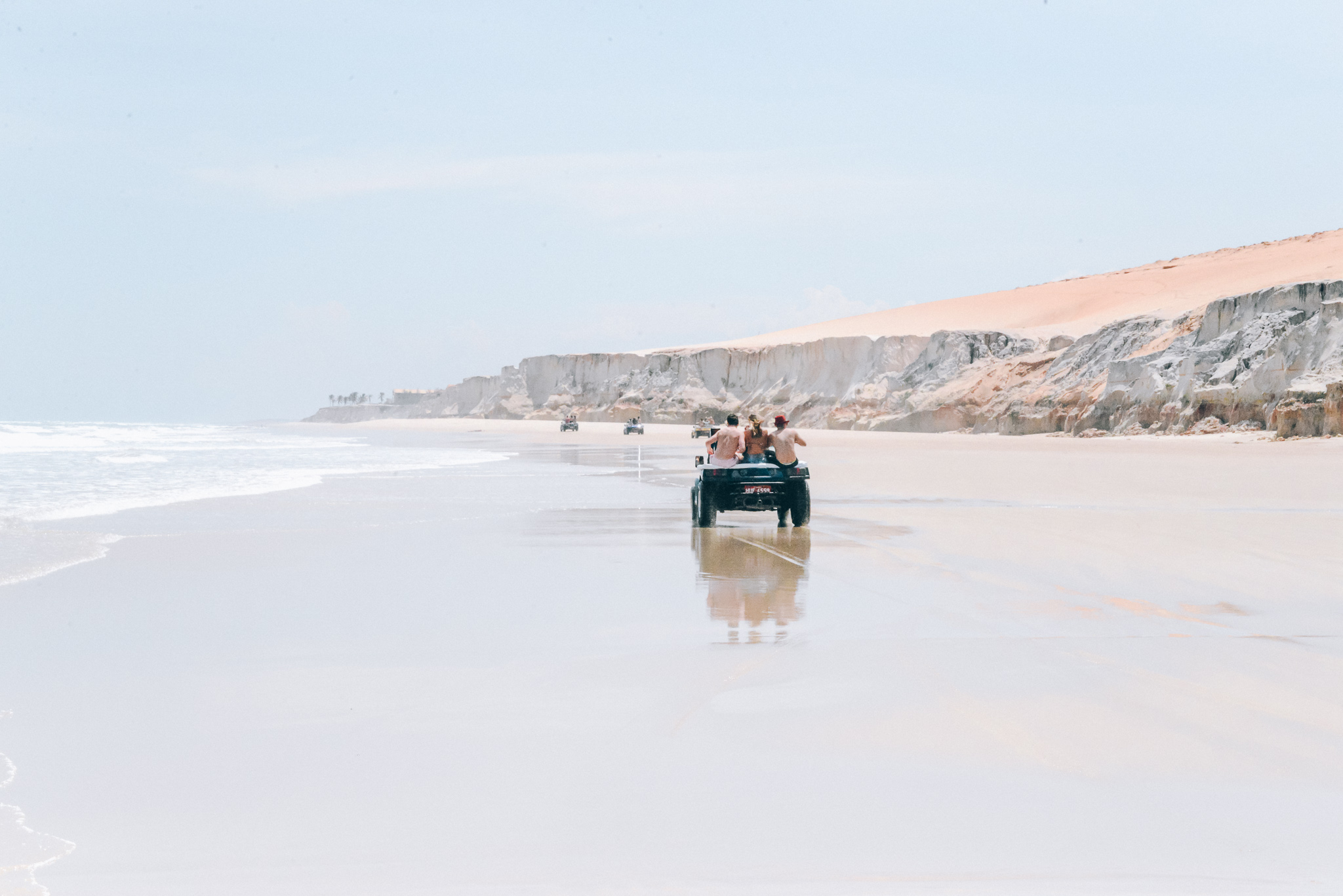
It was my first experience going Brazilian on all counts (I never could quite work up the gusto to try the wax – and subsequently the bikini bottoms) and so as I really didn’t know what to expect. When I think of Brazil, I think of muggy forests teaming with life, of Rio’s impressive skyline and those well, yes those really, really small bikini bottoms. However, the northern coastline is a world away from the bustle of the southern cities, and with some unique activities to boot.
Staying in central Fortaleza at the five star hotel, I was well-positioned on Fortaleza’s seafront and ready for what this unseen state had to offer me. And, The Gran Marquise was indeed very grand – complete with silver service buffet breakfast with champagne, darling (well, actually I think it was supposed to be for mimosas, but there’s no point watering down good wine; 7am or not.) Plus a modern, cavernous lobby that buzzed with the comings and goings of weddings, cabin crew and business meetings. But one group seemed unaccounted for: the generic tourist crowd.
While, I think it may be some time before tourists are flocking to stay in Fortaleza for its city beaches, which are exceedingly average, the value for tourists will likely be based in its further afield beaches where huge dunes merge into virgin coastline, and dune buggies whizz past carving serendipitous paths in the surf.
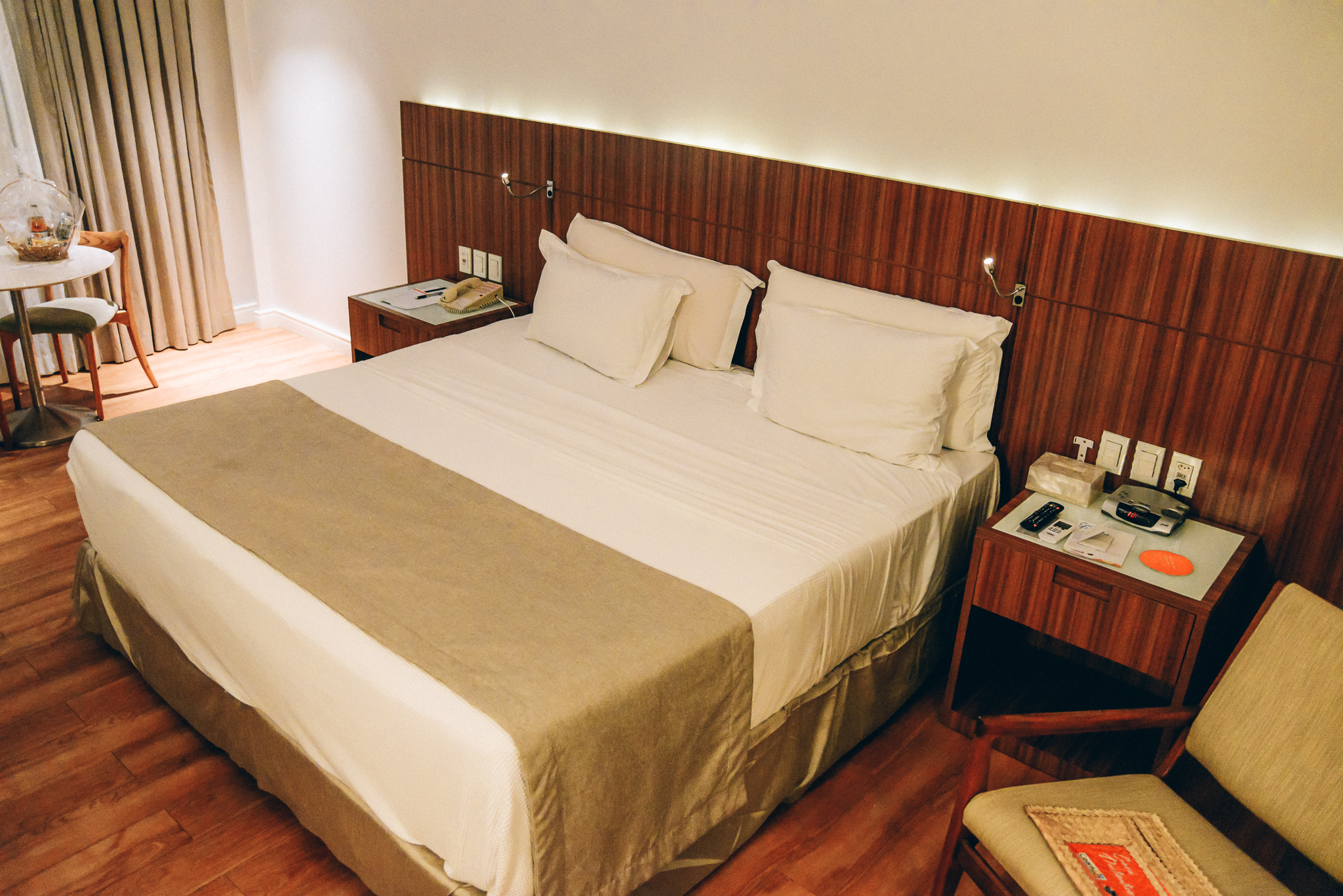

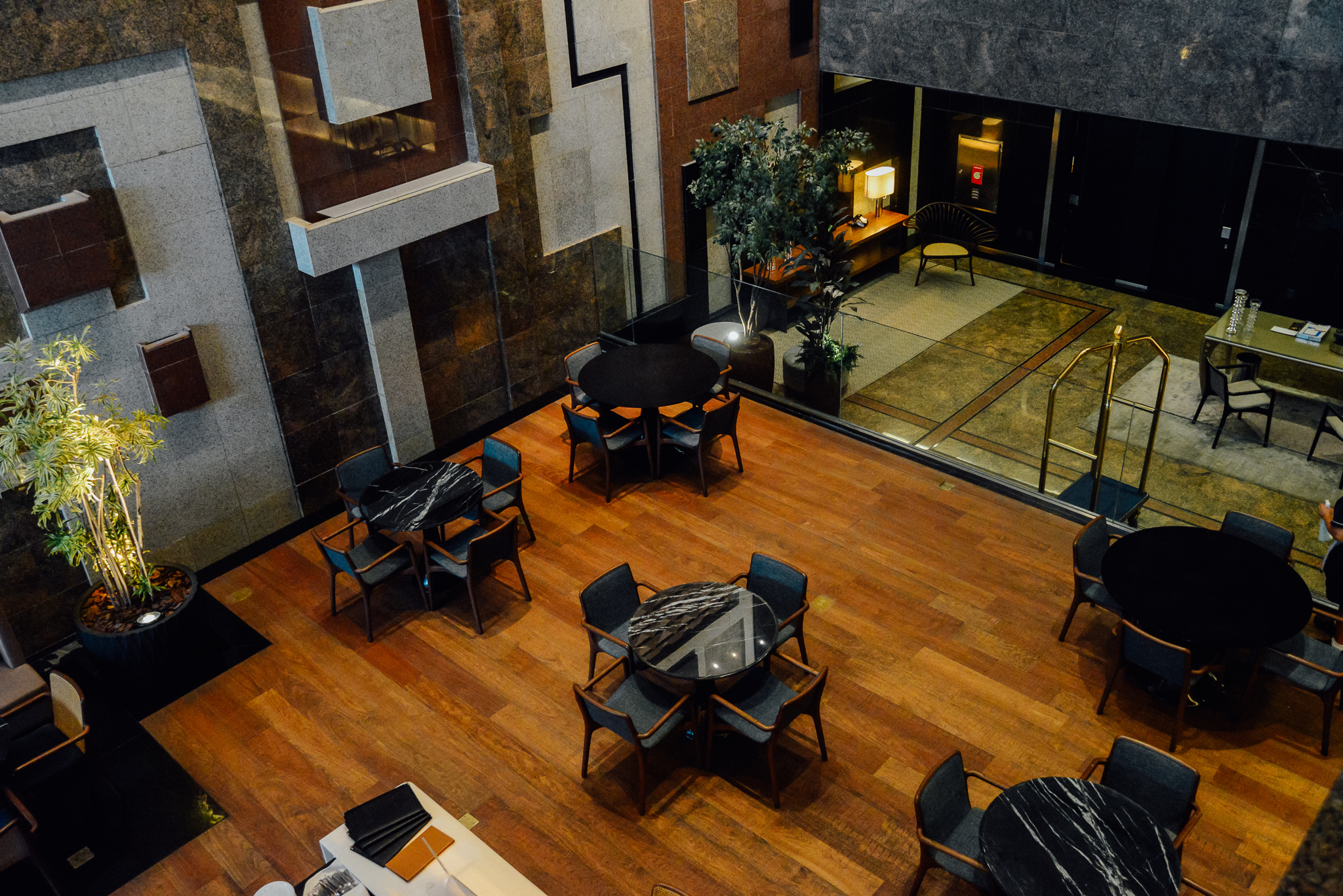
So, what’s there to do in Ceará?
Dune Buggy Rides
I’m pleased to inform you that dune buggy riding is my new favourite thing! I had never tried it before and was pleasantly surprised by how awesome the views were, albeit it did mean tentatively hanging out of the back unharnessed and praying for survival; very modern-day Indiana Jones. If safety standards aren’t too much of a bother for you, dune buggy riding is by far the most action-packed and unique activity within the region and one that all visitors to the state should try.
We tried two separate dune rides, the first was the area of Canoa Quebrada: a beach community that at one end of the beach offers hotel and restaurant options which gradually snakes into wild dunes that meet with the sea over rust-tipped cliffs. At the hotel end, there’s a variety of activities for all tastes: ATV-riding, paragliding, or perhaps even a ride in a “Jangada” – a traditional fishing boat in which you can take to the seas to explore the colourful cliffs further along the shoreline.
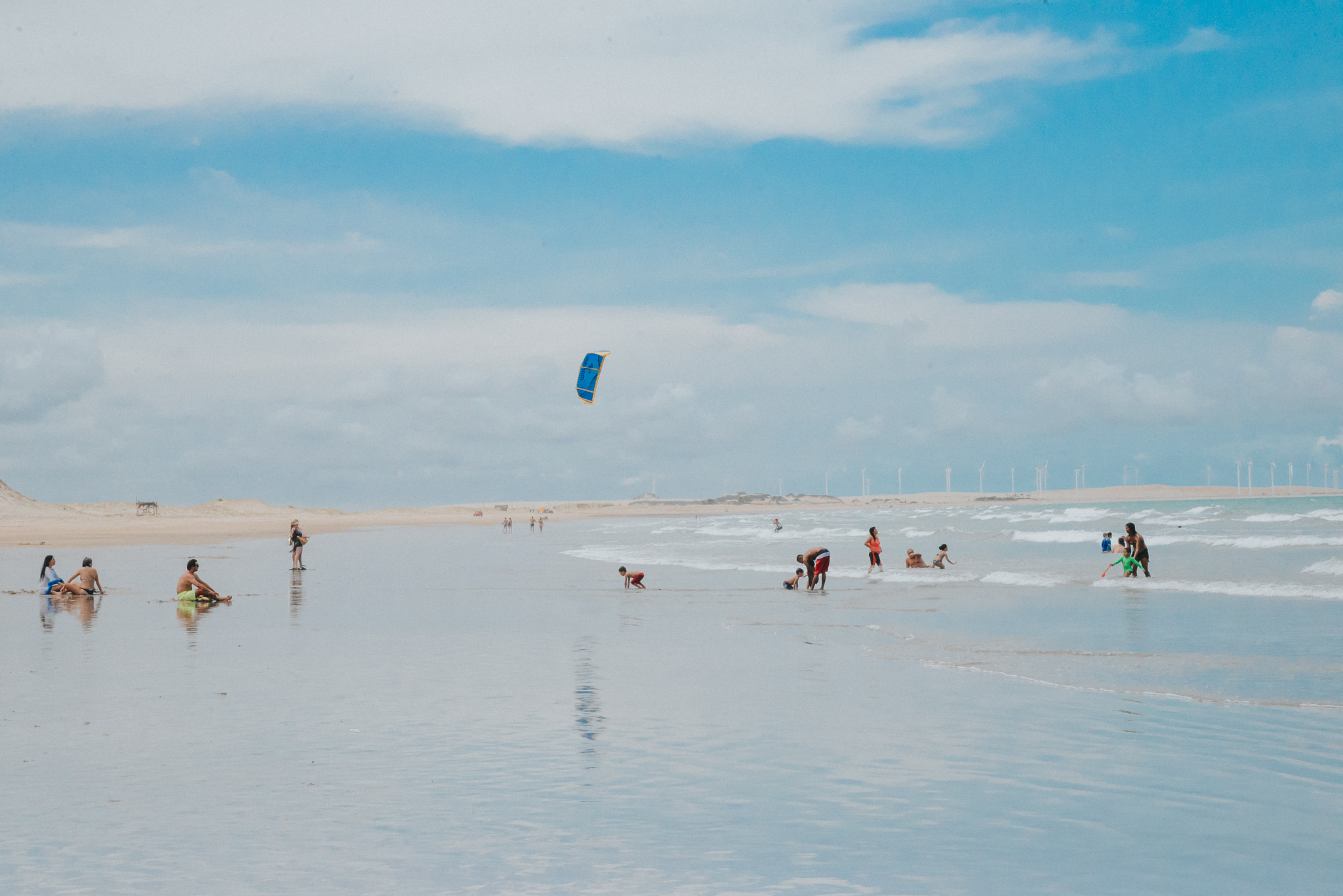
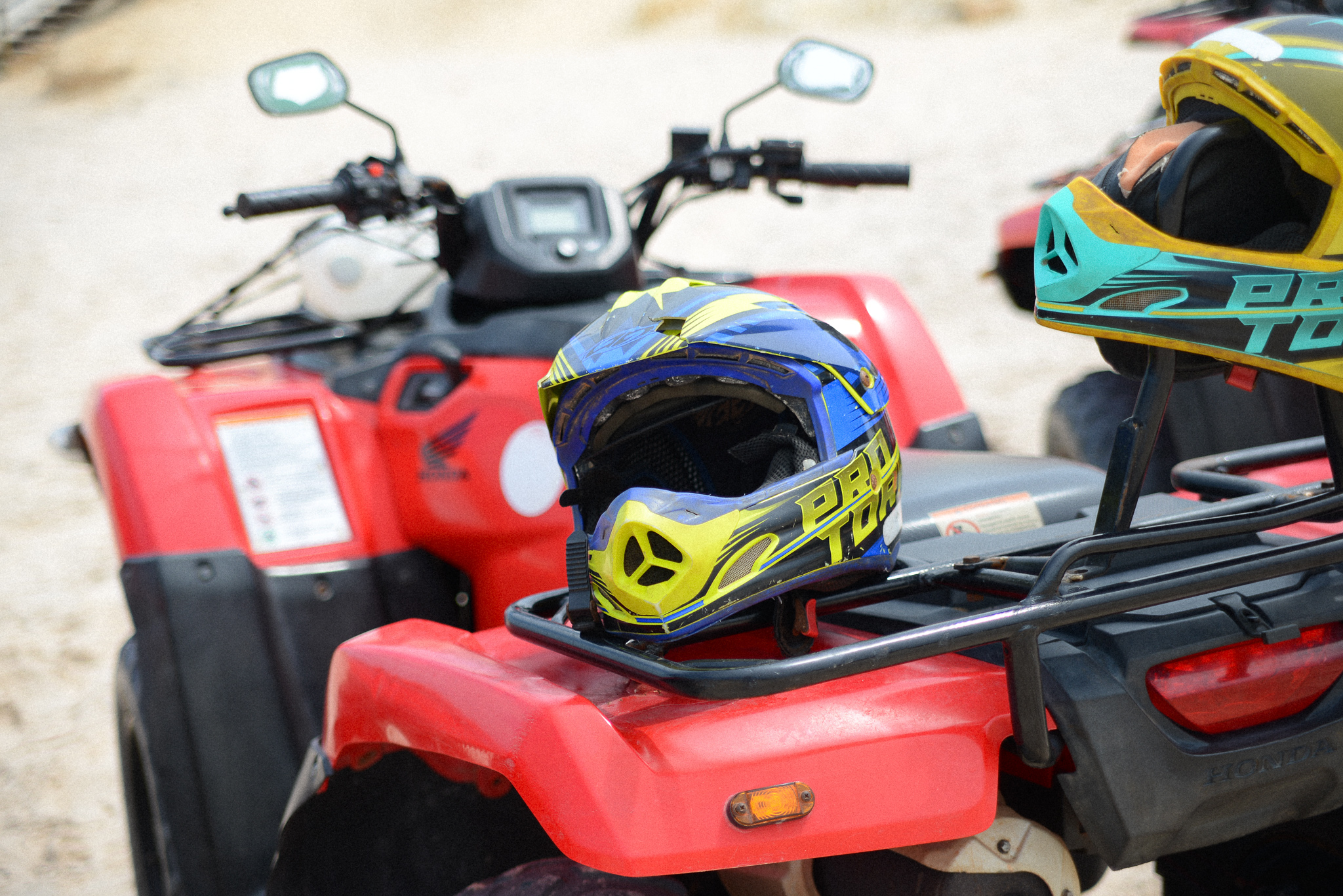
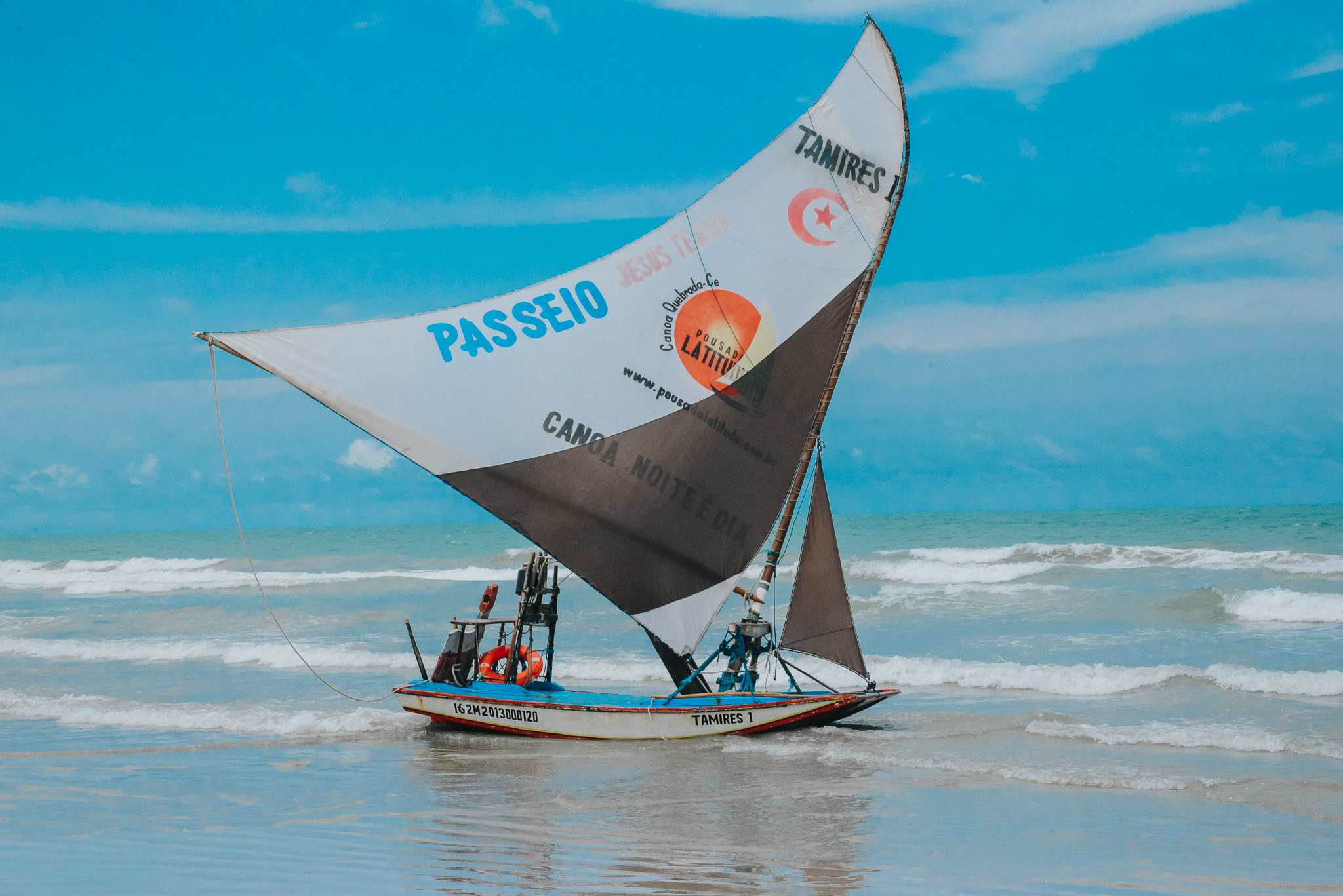
Reaching back several miles the dune expanse here is a protected area and riders can expect nothing short of a thrilling, fast-set ride through the mighty dunes to an inner lagoon. And with three stops along the way, there is plenty of time for those quintessential desert shots! The highlight for many guests has to be a ride on the “bum-ski” zip line that hurls passengers into the lagoon from atop a huge dune. Why not get some mileage out of your health insurance every once in a while? And, naturally, there’s plenty of ice-cold Brahma’s on hand to facilitate the fun.

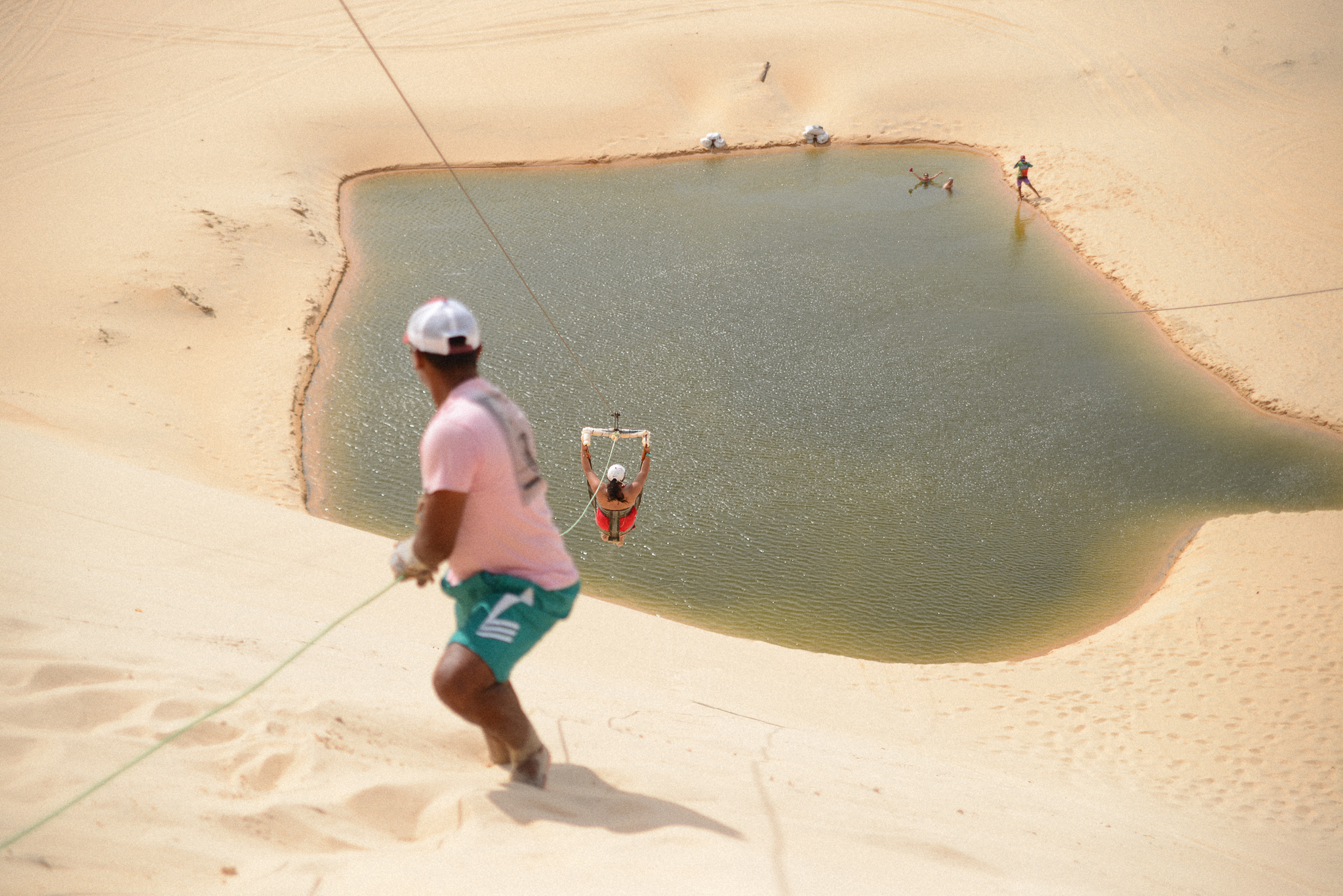
The most thrilling part of the tour was undoubtedly a near-vertical drop from one the highest dunes that no one knew was coming! The tour company takes this opportunity to snap a secret photo of the riders which are for sale afterwards. I wouldn’t usually buy this kind of thing because – a) I don’t really like going down vertical drops with no prior notice, b) paying for a touristy pictures of myself is never on my agenda and c) in these situations I can usually hear my dad’s voice bouncing around in my head grumbling about “daylight robbery” or something. However, these were very cheap and a unique souvenir, so I even such a cynic as I, was happy to hand over the cash.
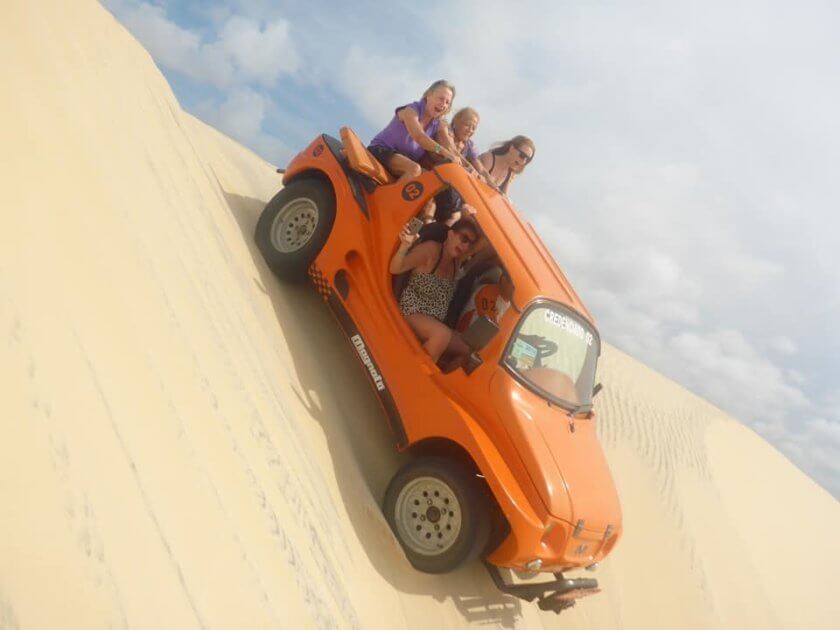
And yes, it was as bad as it looked…
Our second destination for riding the dunes of Ceará was zooming through the Beberibe coastline a little further along the coast, headed back towards Fortaleza. This trip, while equally thrilling, concentrated on visiting some of the area’s unique beaches that, similarly to Canoa Quebrada, feature orange-tipped cliffs, but also small caves and tidal lagoons. Oh, and a lot of dune buggies zipping past! This is obviously a popular tour in the area, so relaxing on the beaches in this area is somewhat out of the question, but they are great to drive through all the same and a great way to get a different perspective on this untouched coastline.
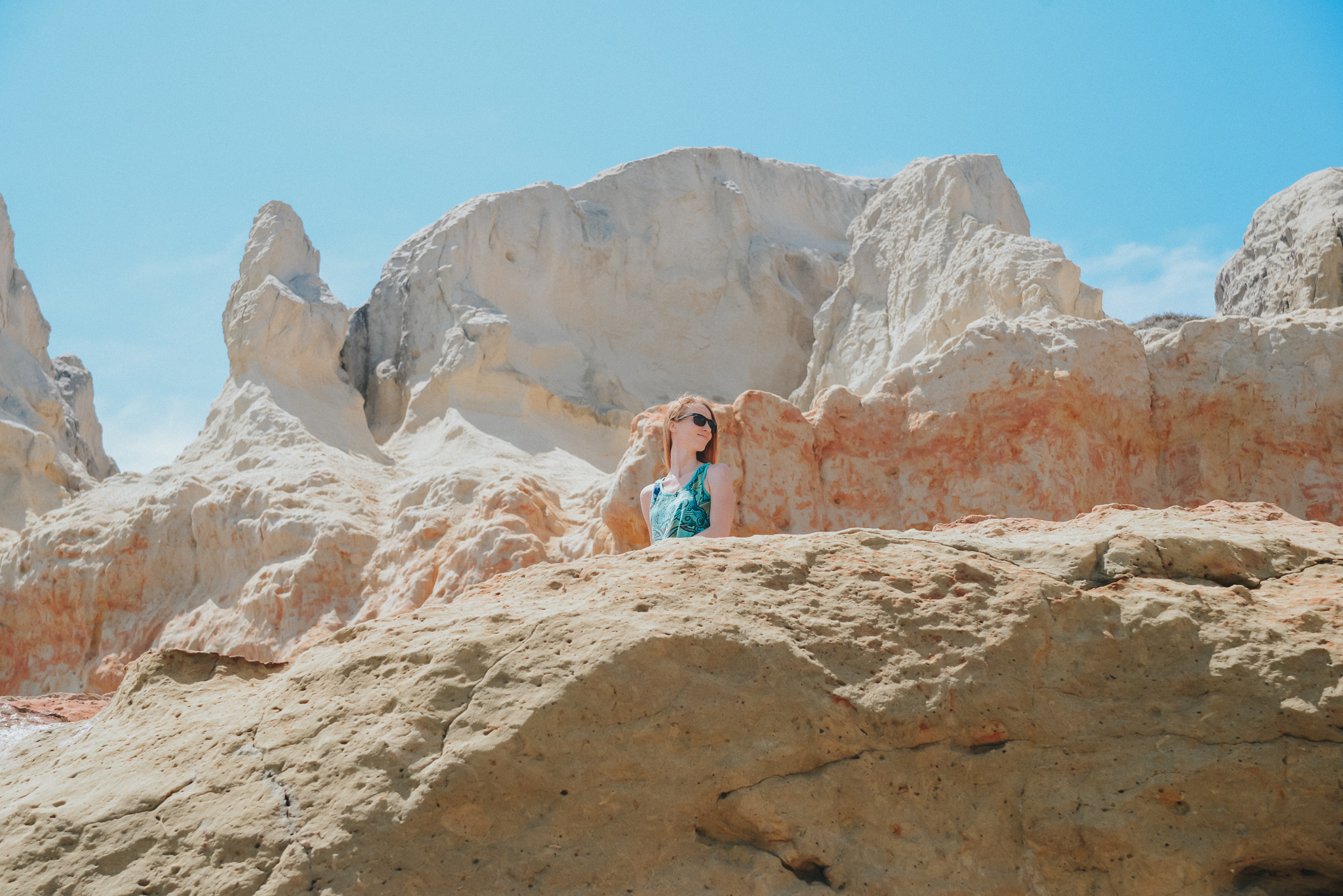
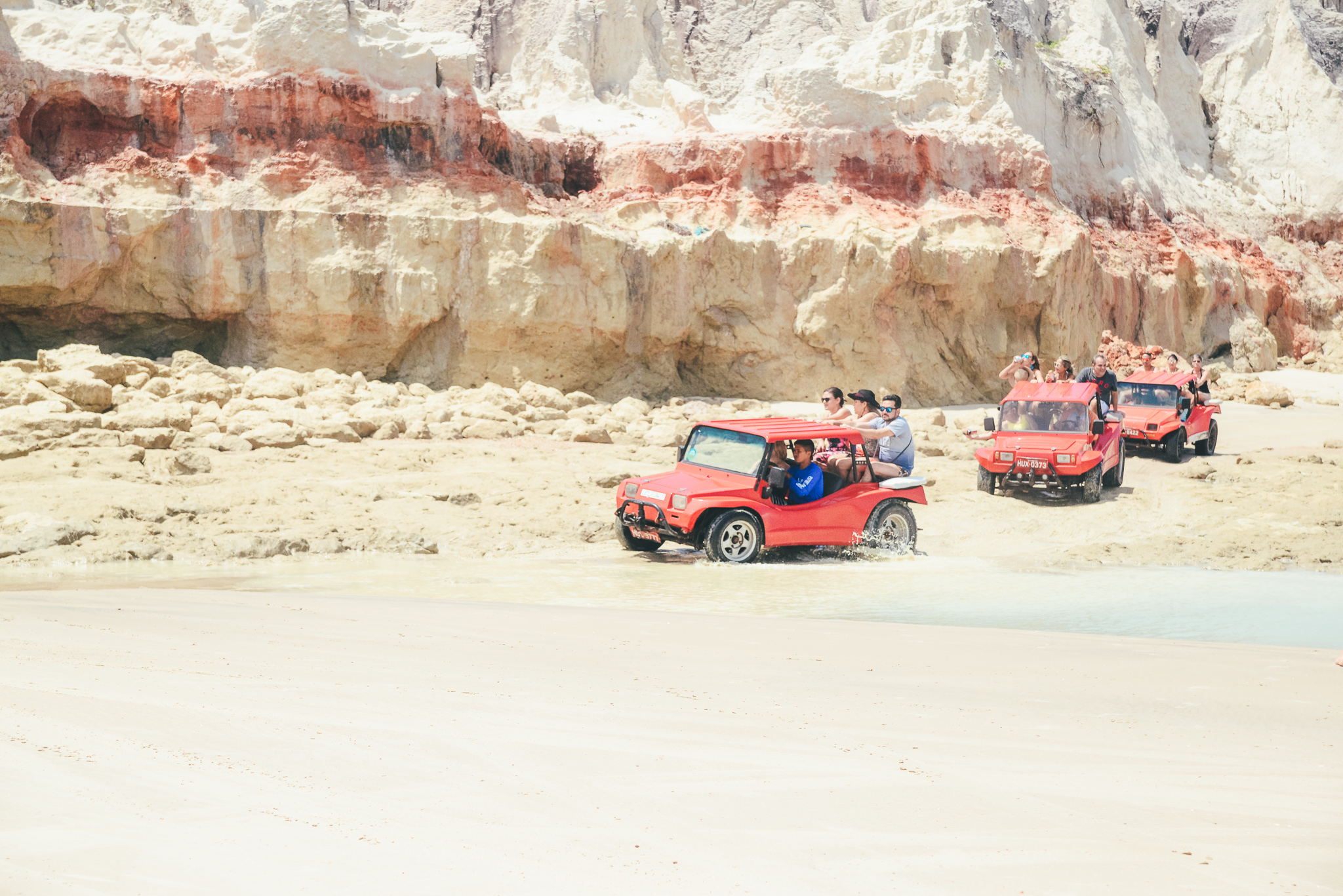
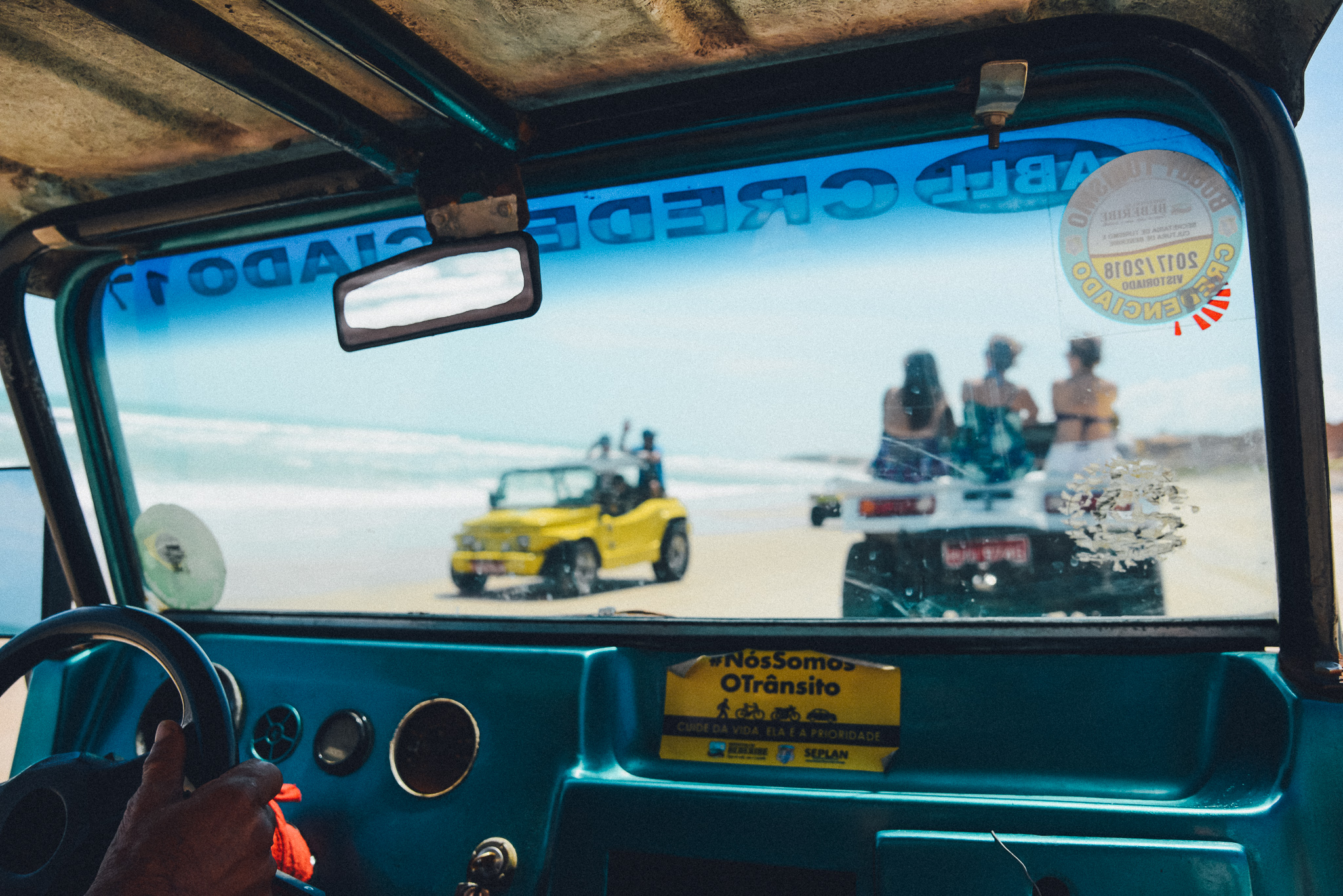
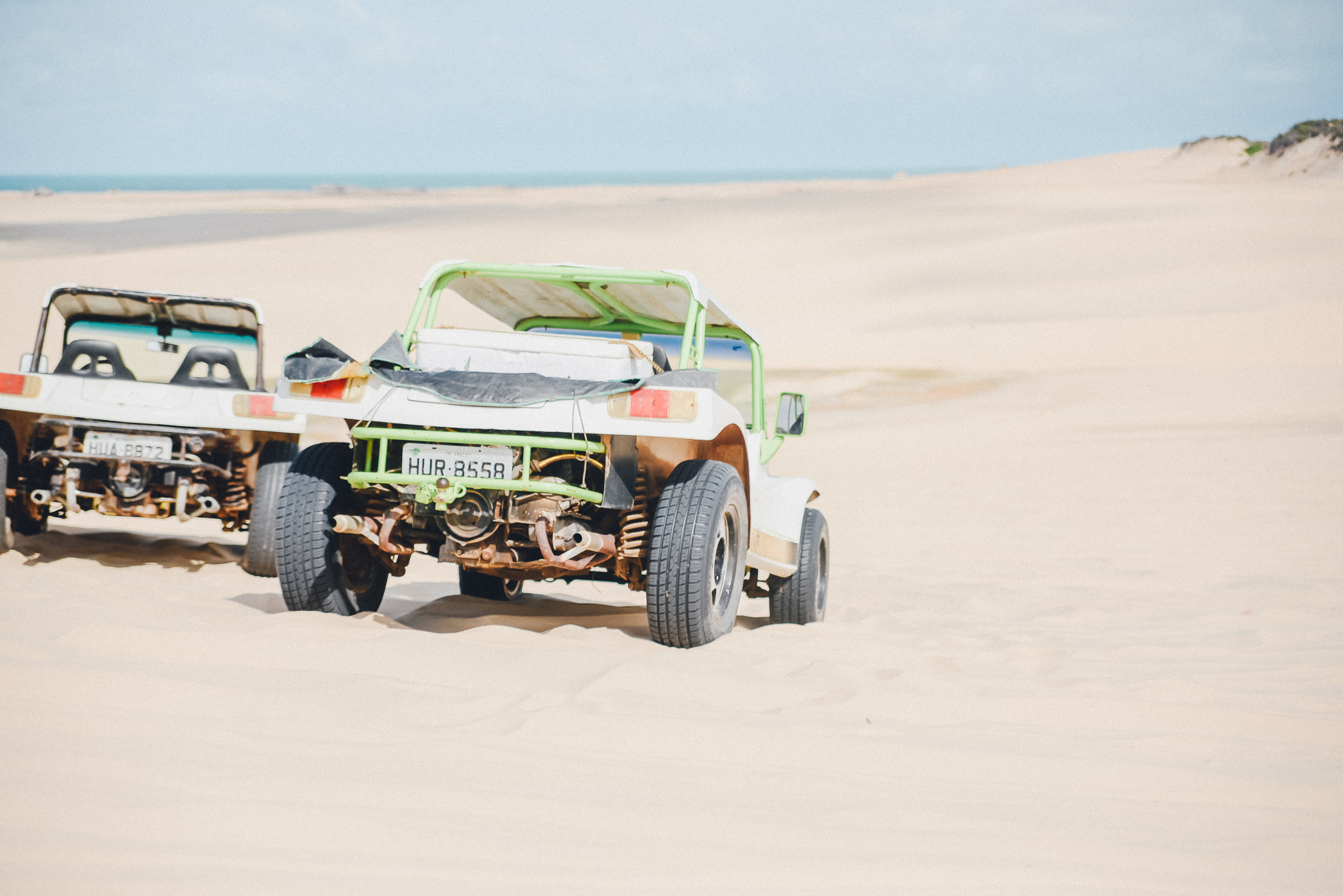
Visit Local Craft Markets
When I think of handicraft markets, I tend to think of twee little arrangements with bunting, organic vegan charcoal brownies and trinkets laid out on dainty white tablecloths. This was somewhat true of – a smaller more upmarket craft store that housed some beautiful pieces including carved wooden statues, wicker baskets, pottery and even a crocodile made out of reed; good luck getting that in your hand luggage, though.
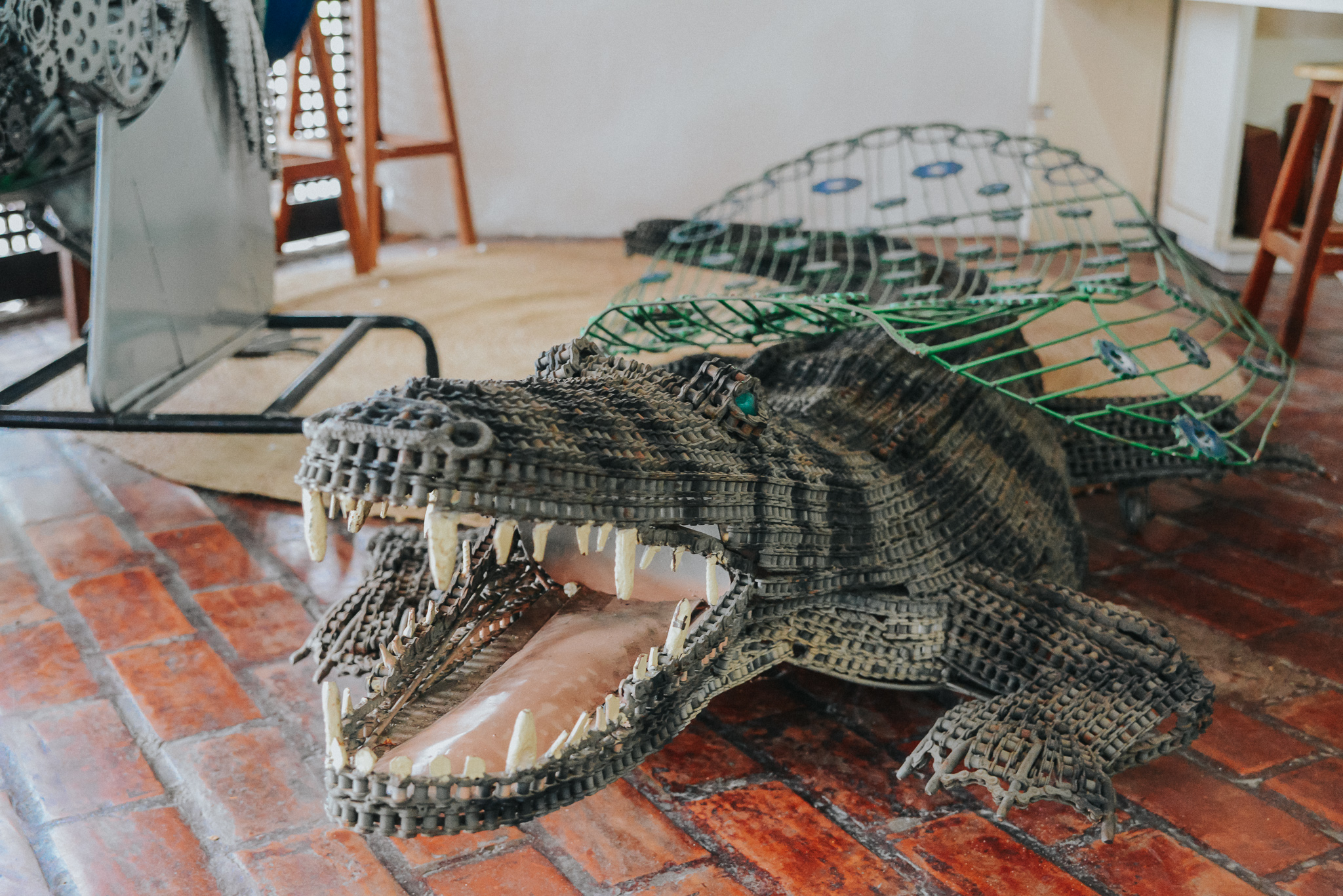
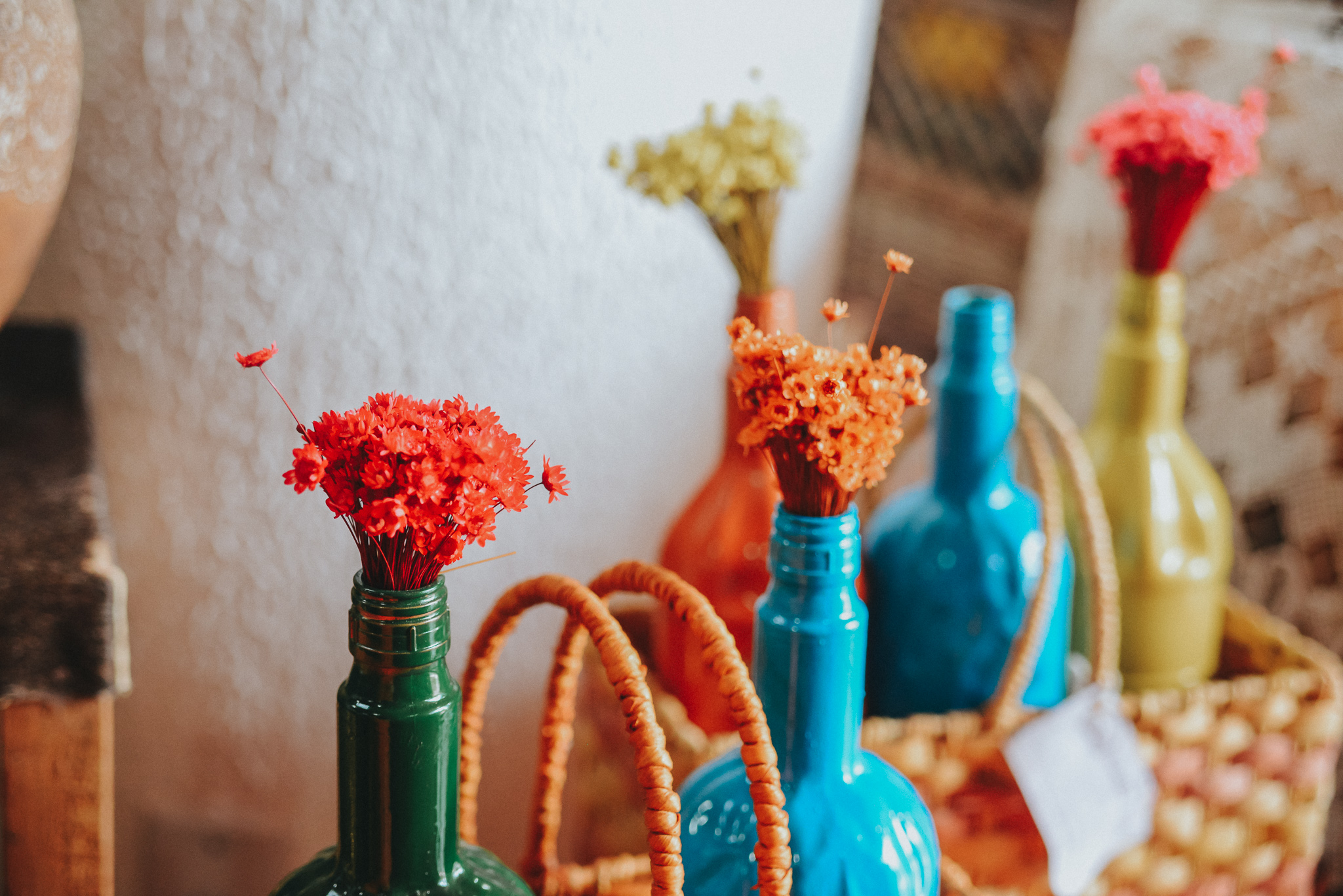
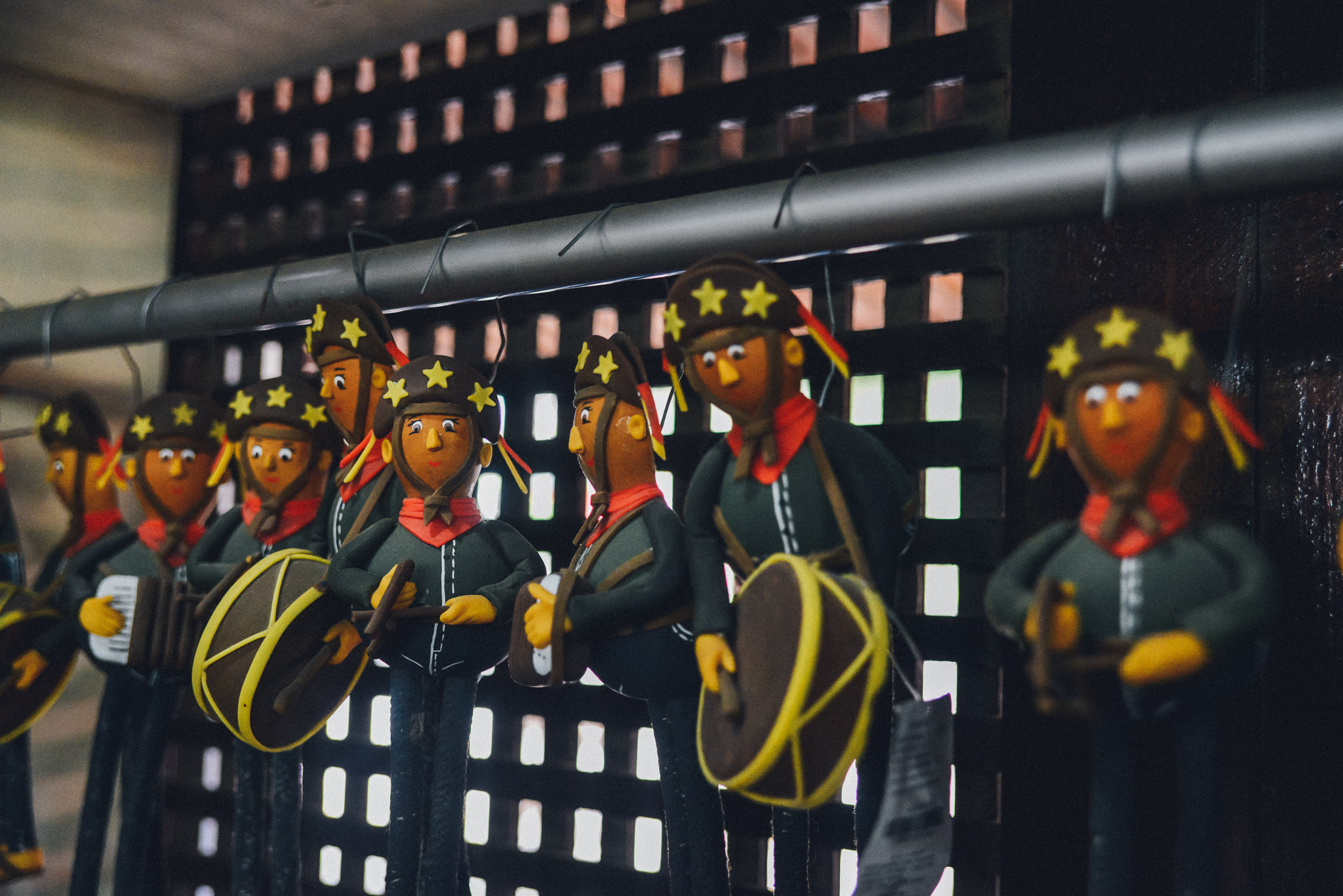
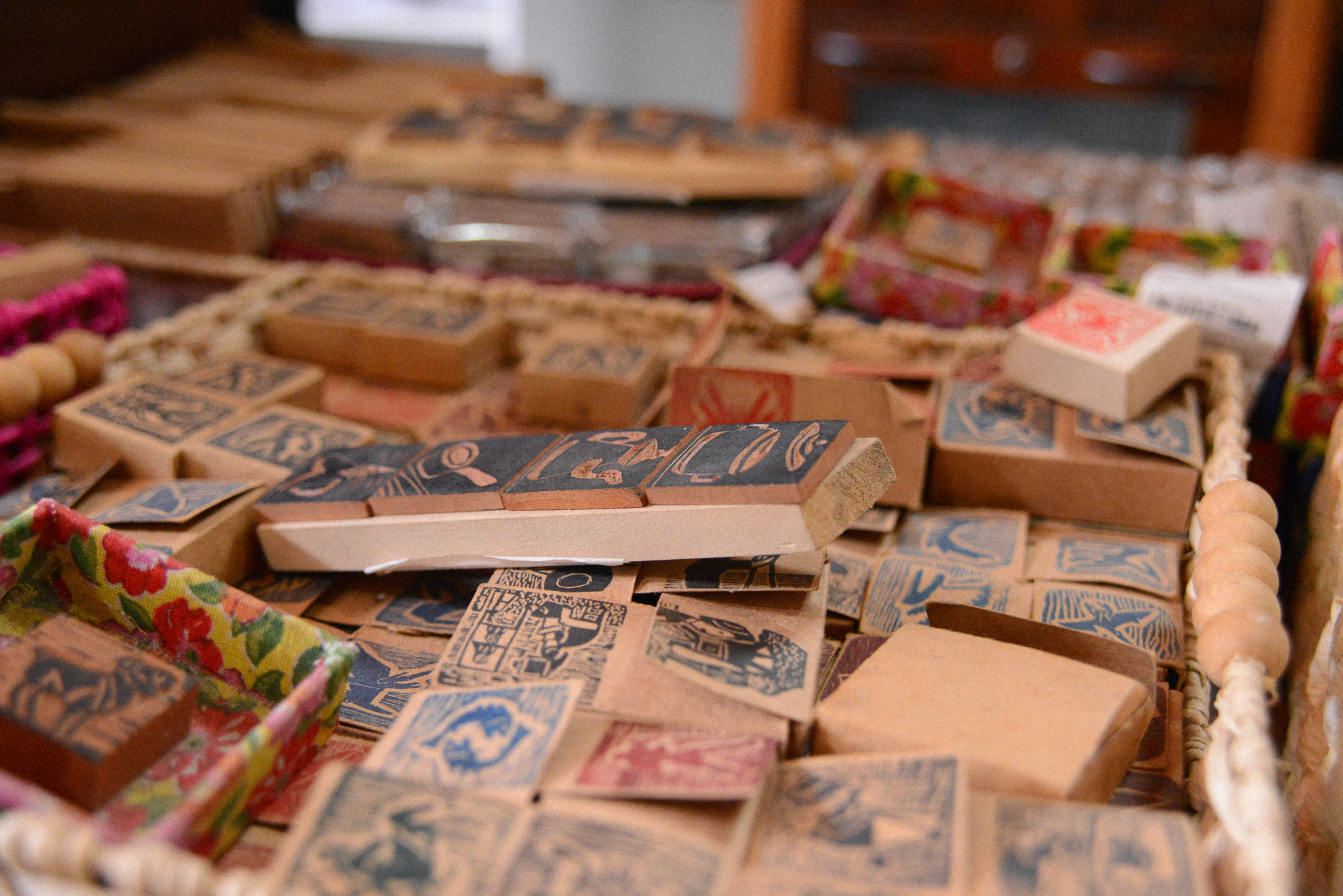
on the other hand, was quite a world away and reminded me just a little bit of some of a Thai shopping mall. Hundreds of stalls tucked into the walkways and a sprawling space set over five floors. The handicrafts on offer were also interesting: leather sandals and bags, sweets, figurines and lace (which the area is famous for) and plenty of the local tipple: cachaça. It has much more of a modern-day souk feel, where handicrafts and delicious treats meet bustling market folk. With every floor, the heat became more punishing, and I’m legitimately not sure how traders with stores on the top floor can stand the heat up there. The space itself is impressive and was surprisingly busy, which goes to show locals do shop here too, it’s not a tourist trap. Well, not yet anyway! Outside the cavernous building, you can find locals rifling through plastic sacks of clothing on the street; many merchants travel from outer towns to buy clothing stock here as its known for its excellent prices.
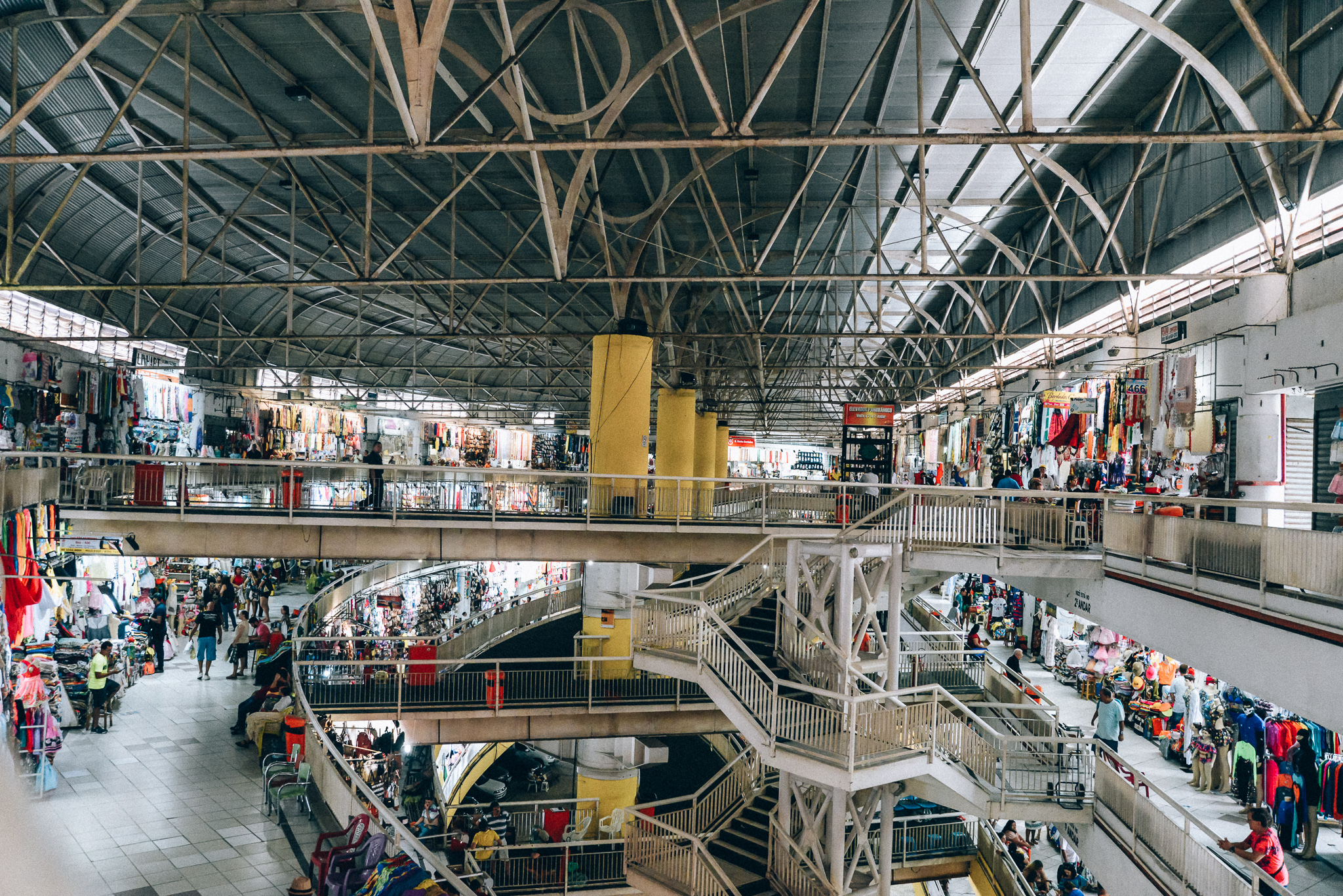


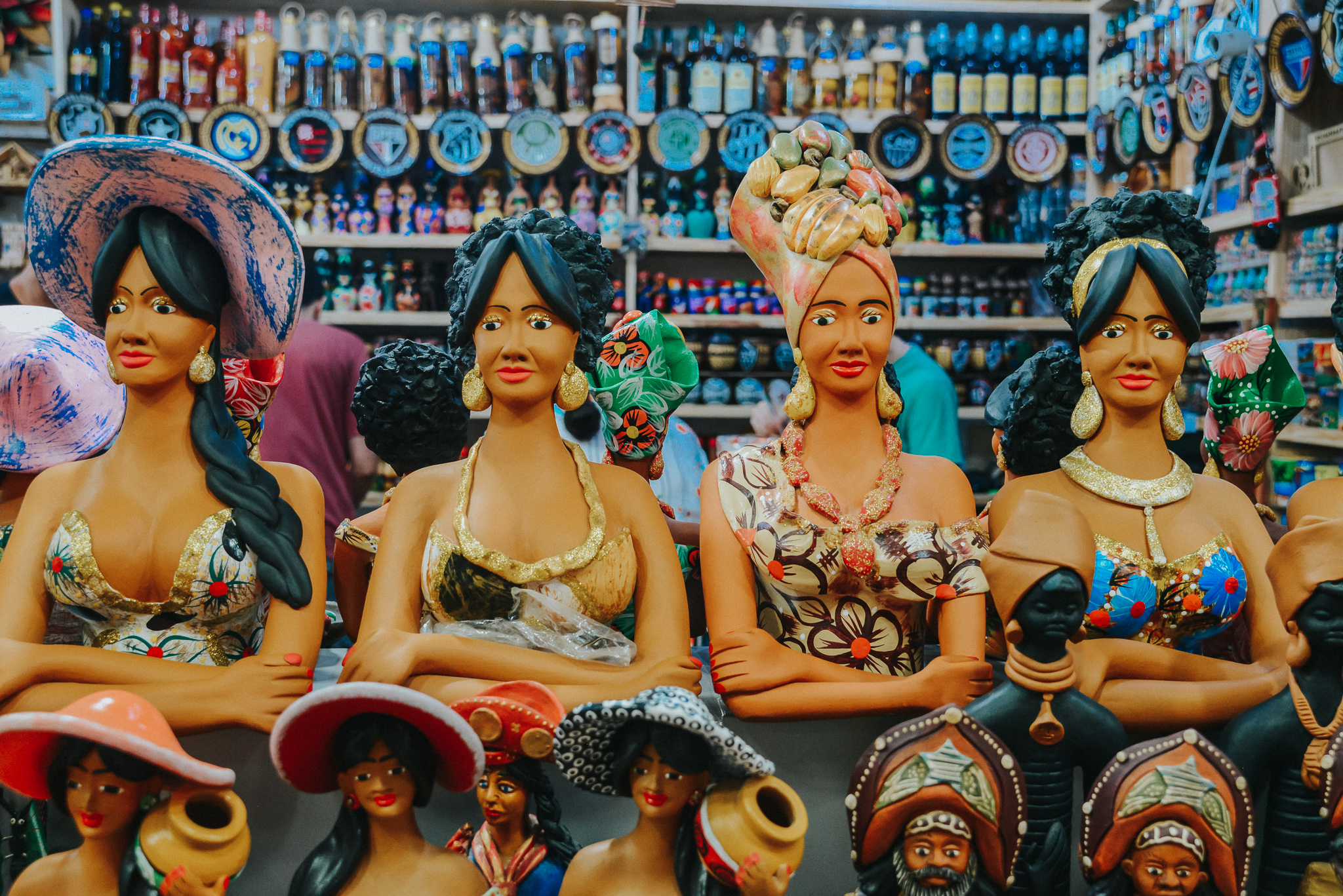

Visit a Cachaça Factory with a Dark Past
I had never tried cachaça before. In case you haven’t either, it’s basically a lot like white rum, but made from pure sugar cane juice, rather than molasses, and is indigenous to Brazil (and yes, I also had no idea what rum was made from, as it goes.) The factory we visited was part of a tour called the “Green Coffee Route.” Set two hours outside of Fortaleza , in the region of Redenção: a folksy countryside community.
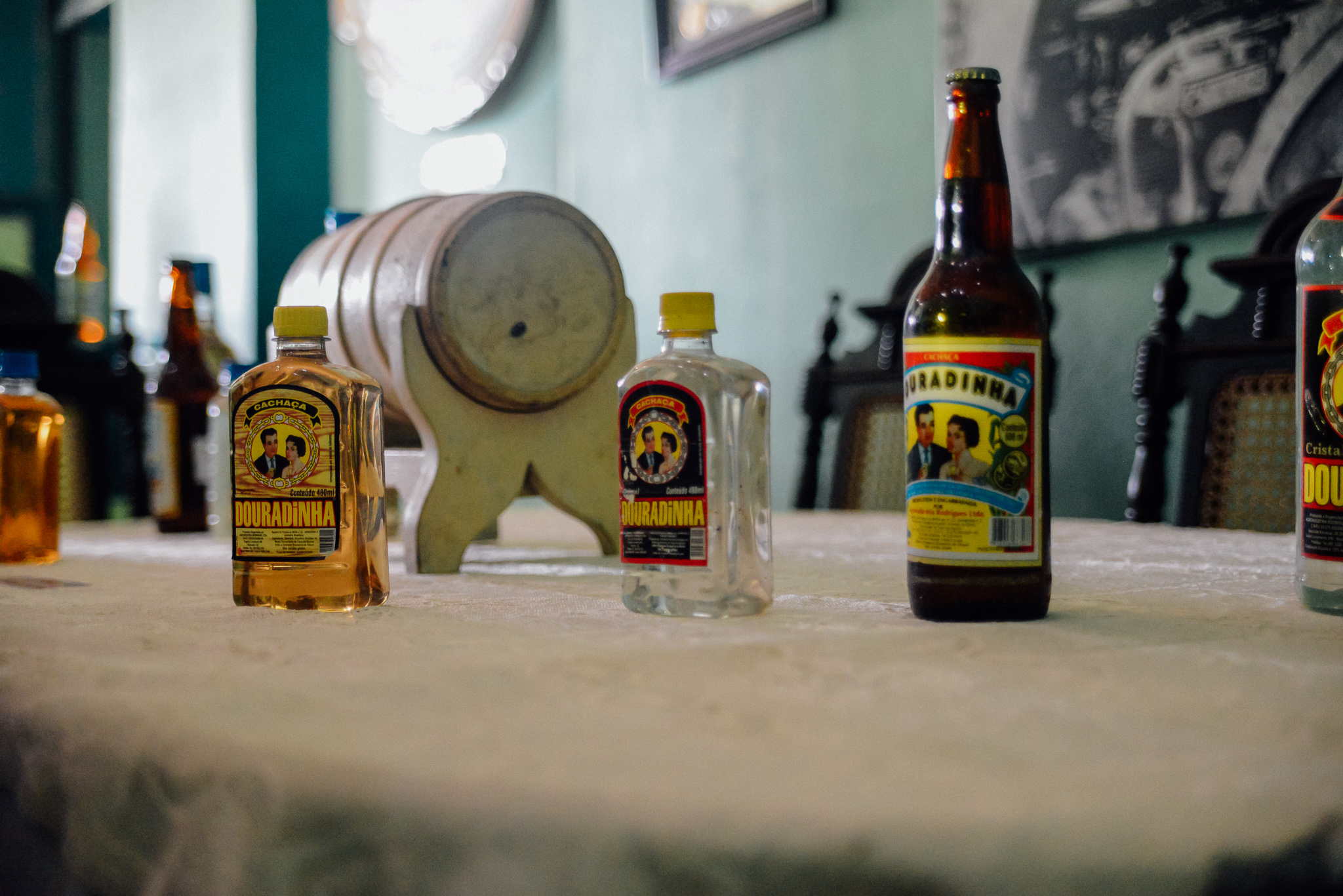
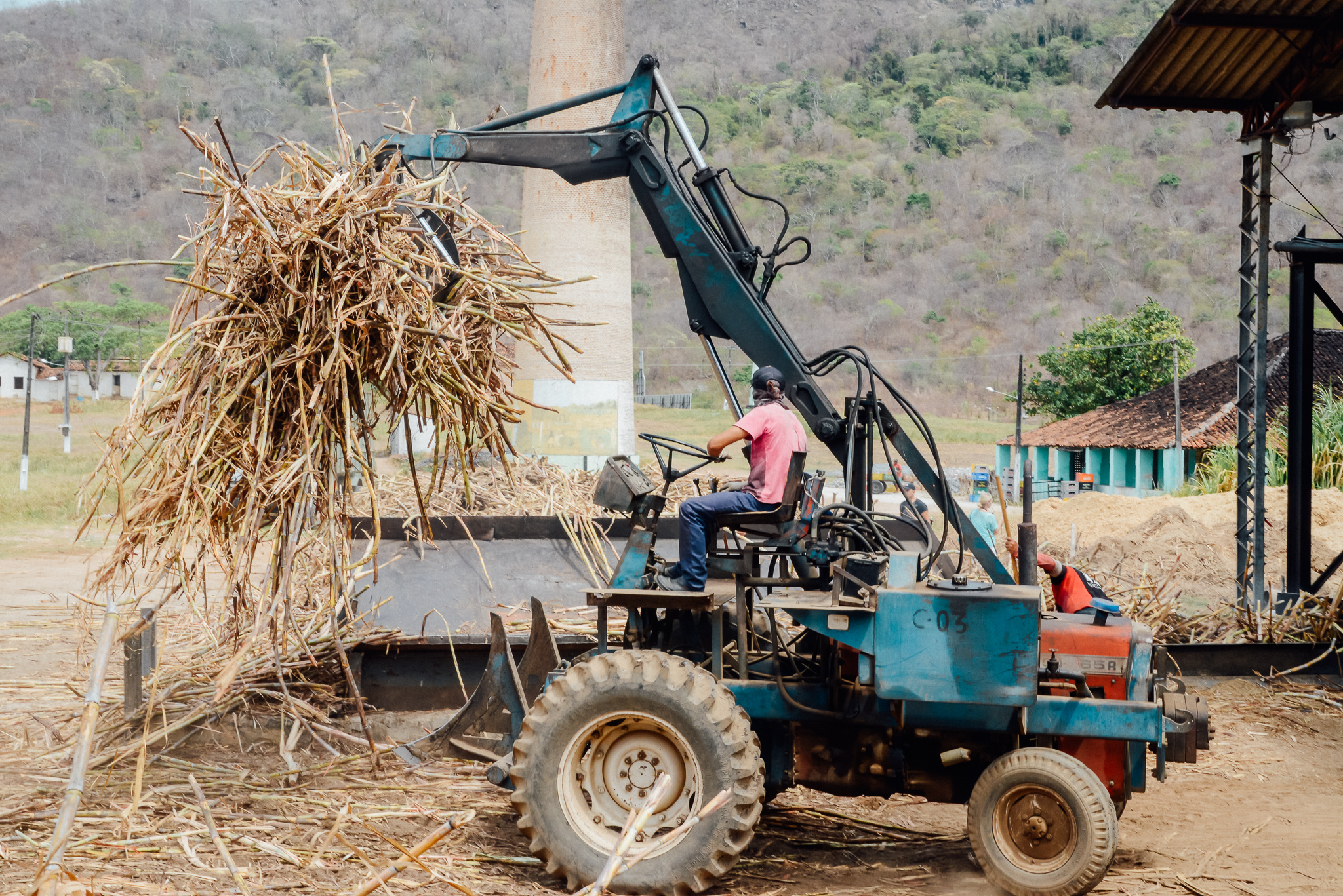
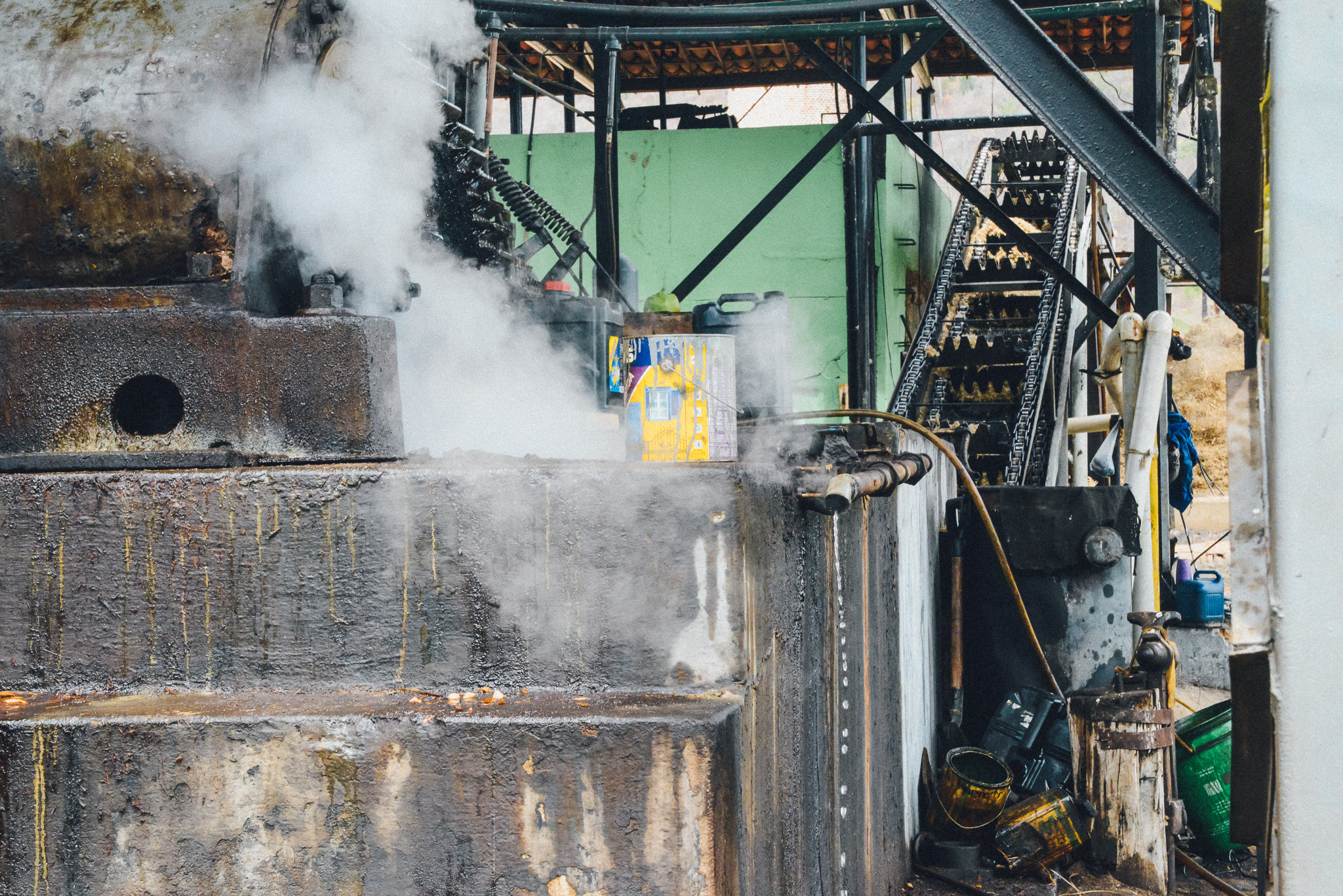
I had never realised cachaça and slavery had an interwoven past. This particular factory houses not only a working cachaça mill but also a gritty museum in the form of a preserved house from the 1800s. We start the tour in the slave quarters underneath the main house. A warren of dark rooms with little air circulation, now infested by bats, it’s clear to see this was a macabre place. Each room was stark; muggy and uncomfortable, some complete with original punishment (read: torture) devices still in place such as iron neck cuffs, lockable cupboards so small a person could only stand – sometimes for days at a time.
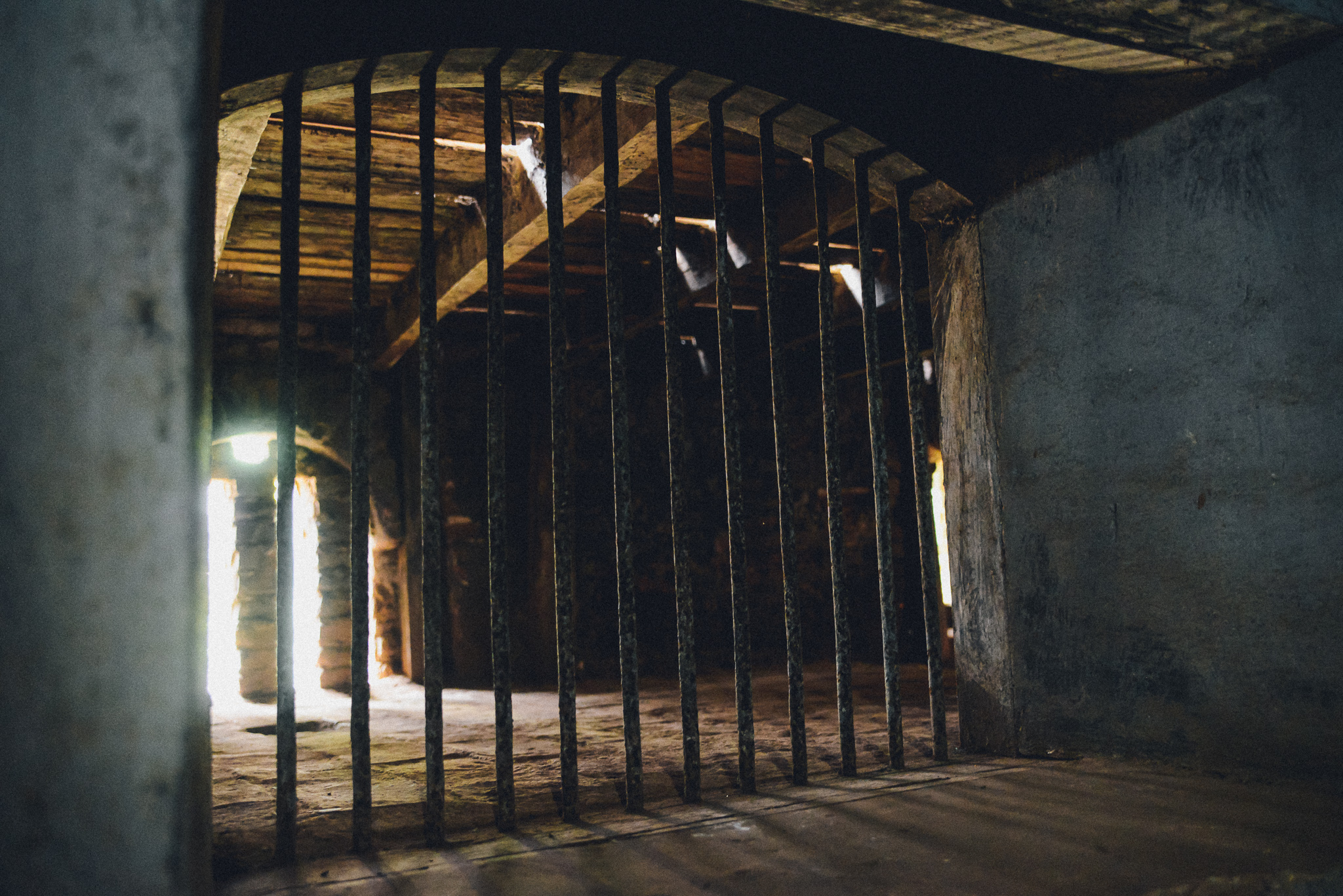
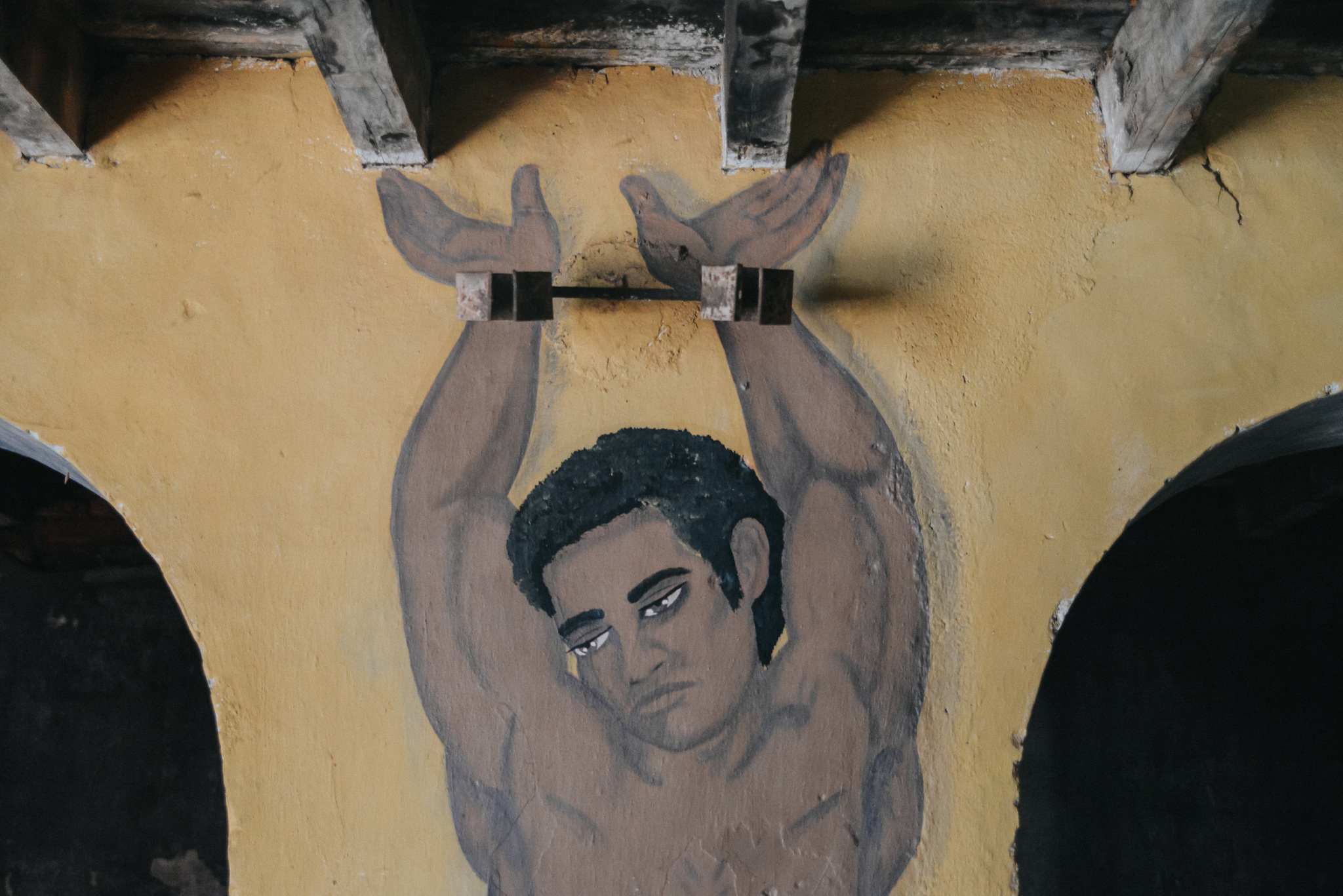
On the upper floor the house has been dressed in a traditional style, and sickeningly you would never even realise what lay underneath it. While this kind of dark tourism is not always comfortable, it has a place in history and a value to add, even if that is only to make sure something like this never happens again. The main house features slithers of sentiment. Proud of place stands a portrait of a particularly brave woman who gained notoriety for standing up to her owners and refusing to be repeatedly sexually assaulted by her owners. Her painting, bold and unapologetic on the wall is a stark reminder of the suffering endured by many, and the history that still poignantly lays behind it all. But what relevance does this have to alcoholic sugar water? Well, the factory would have been staffed entirely by slaves. For energy, they would be allowed one swig of potent cachaça in the morning, which was drunk from the mouth of a cows head which can still be found swinging tentatively on the front porch.

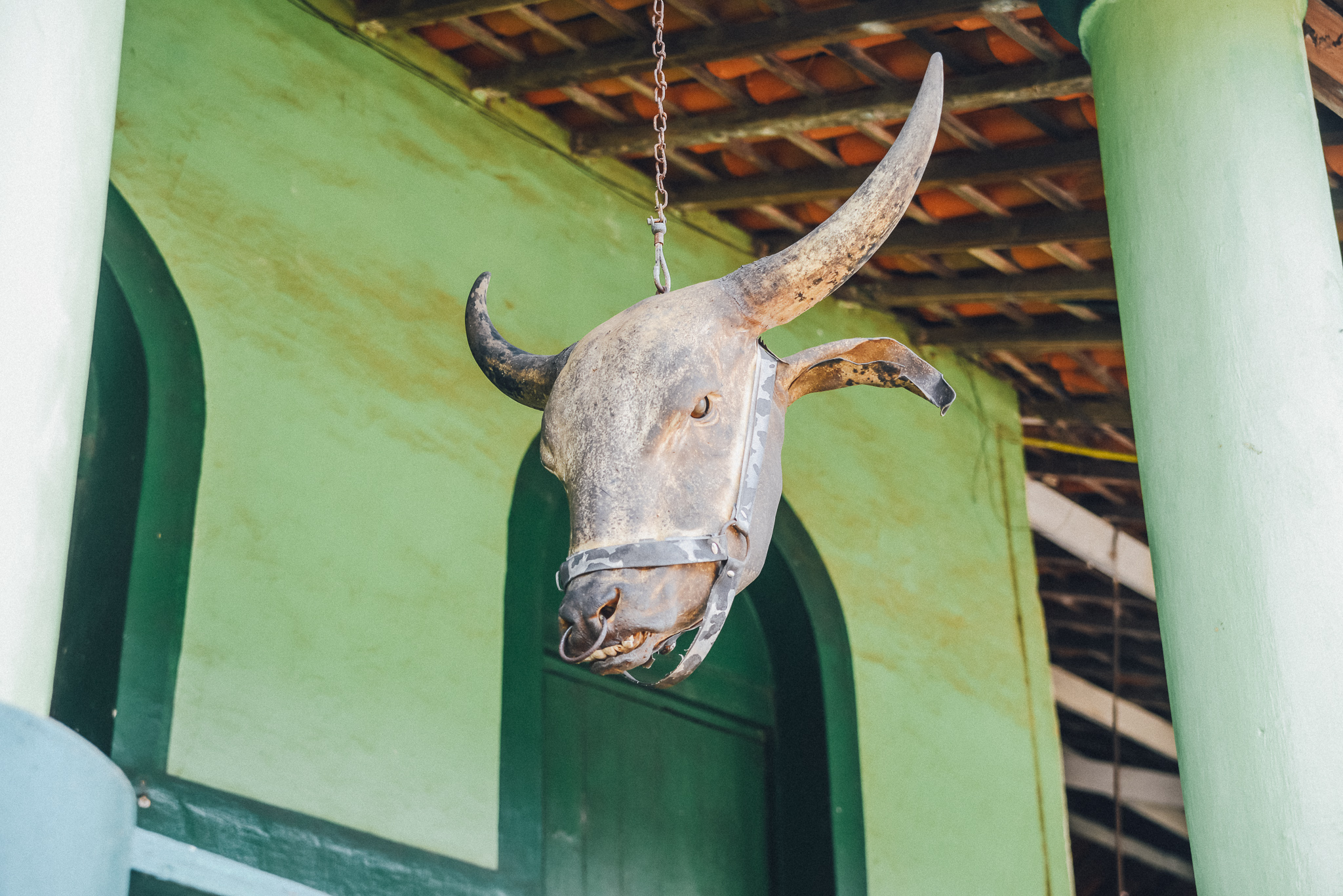
Visit a Pastel-Perfect Mountain Town
Moving forth on the Green Coffee Route we stopped for lunch in the beautiful hilltop town of Guaramiranga. This sleepy little village looked distinctly European with cobbled streets and mismatched houses. Murals adorned several walls, while houses stood in pastel colours, bleached by the interminable Brazilian sun. I snuck off from lunch to do some exploring and stumbled upon a grand church. This is one thing I really admire in The Americas: no matter how small or understated the town there is always a beautifully kept church overlooking it. As I stopped for photos, a local woman came and thrust flowers into my hand, which was very sweet of her, and I waddled off down the hill rather pleased with myself… until it later dawned on me that she probably meant for me to put them on the shrine I was photographing – whoops! Just goes to show, cultural faux-pas are unavoidable, no matter how well travelled you are!
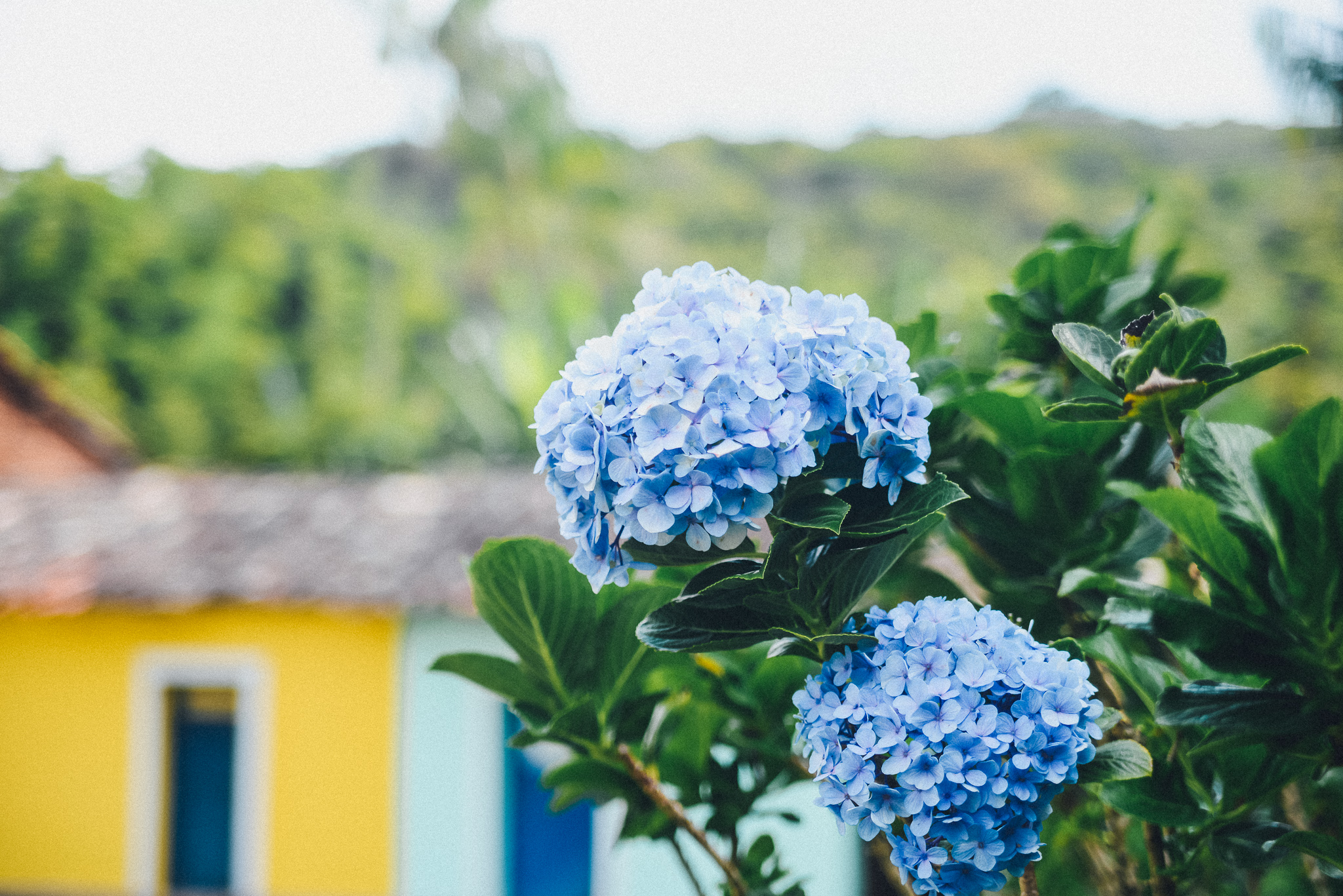
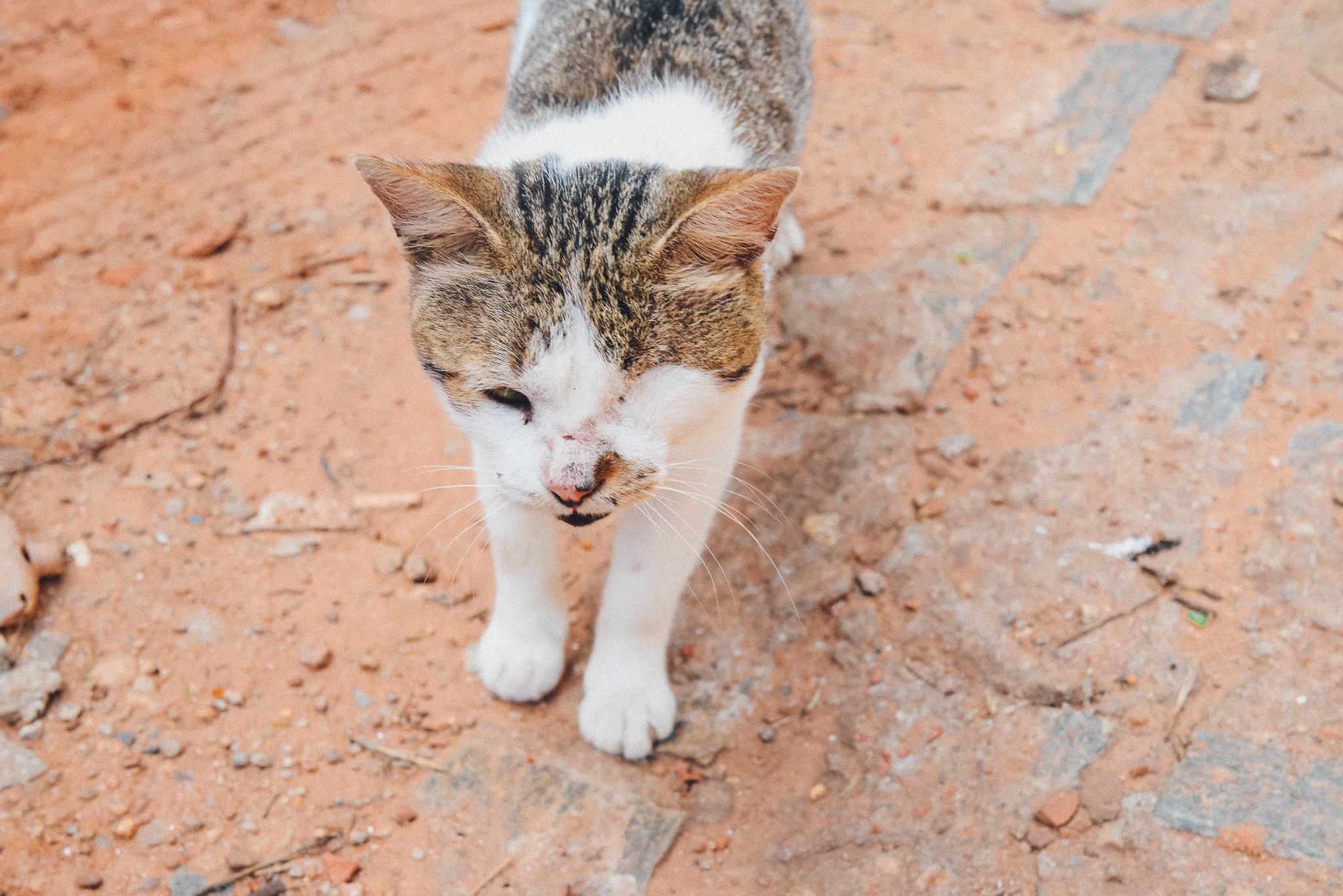
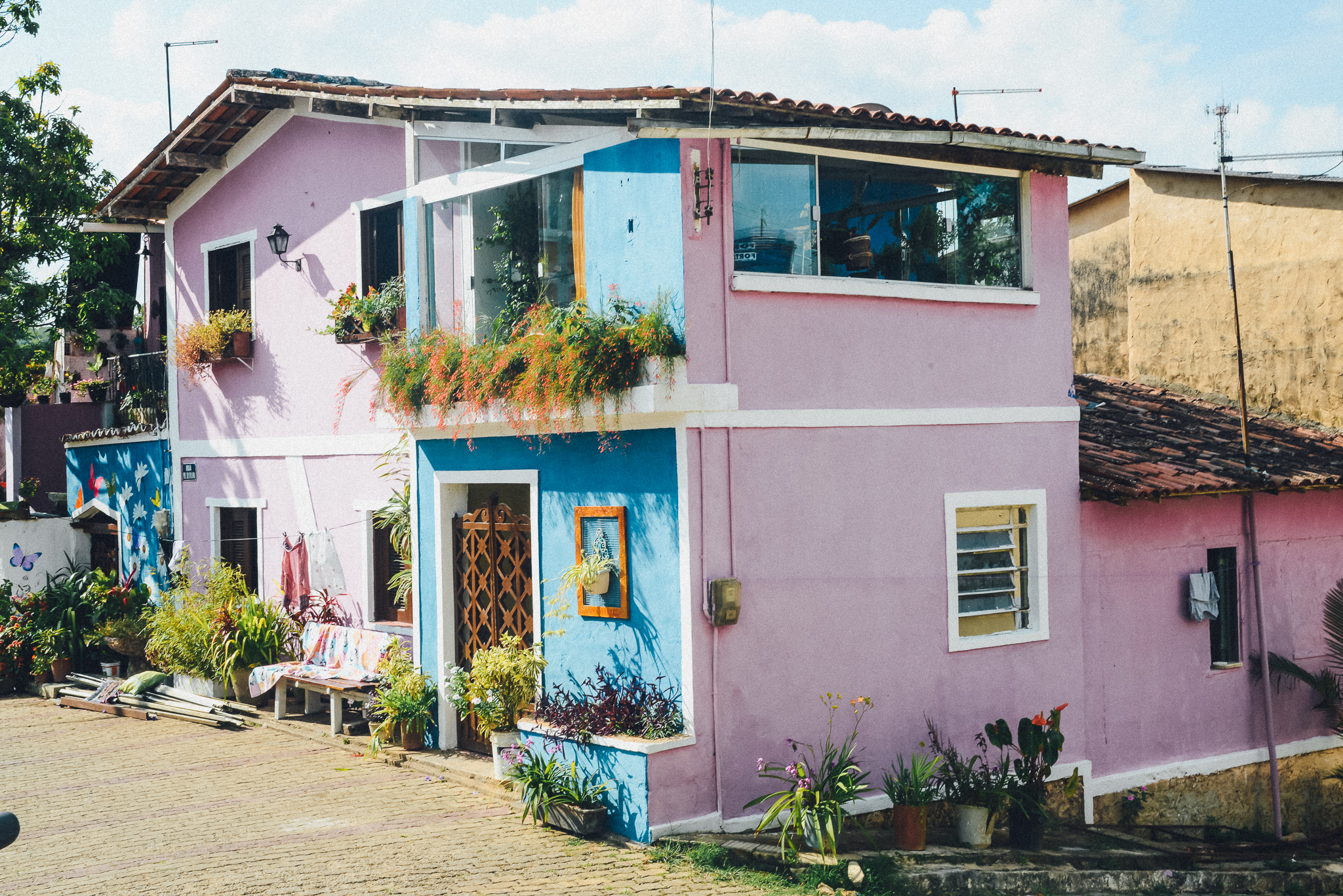
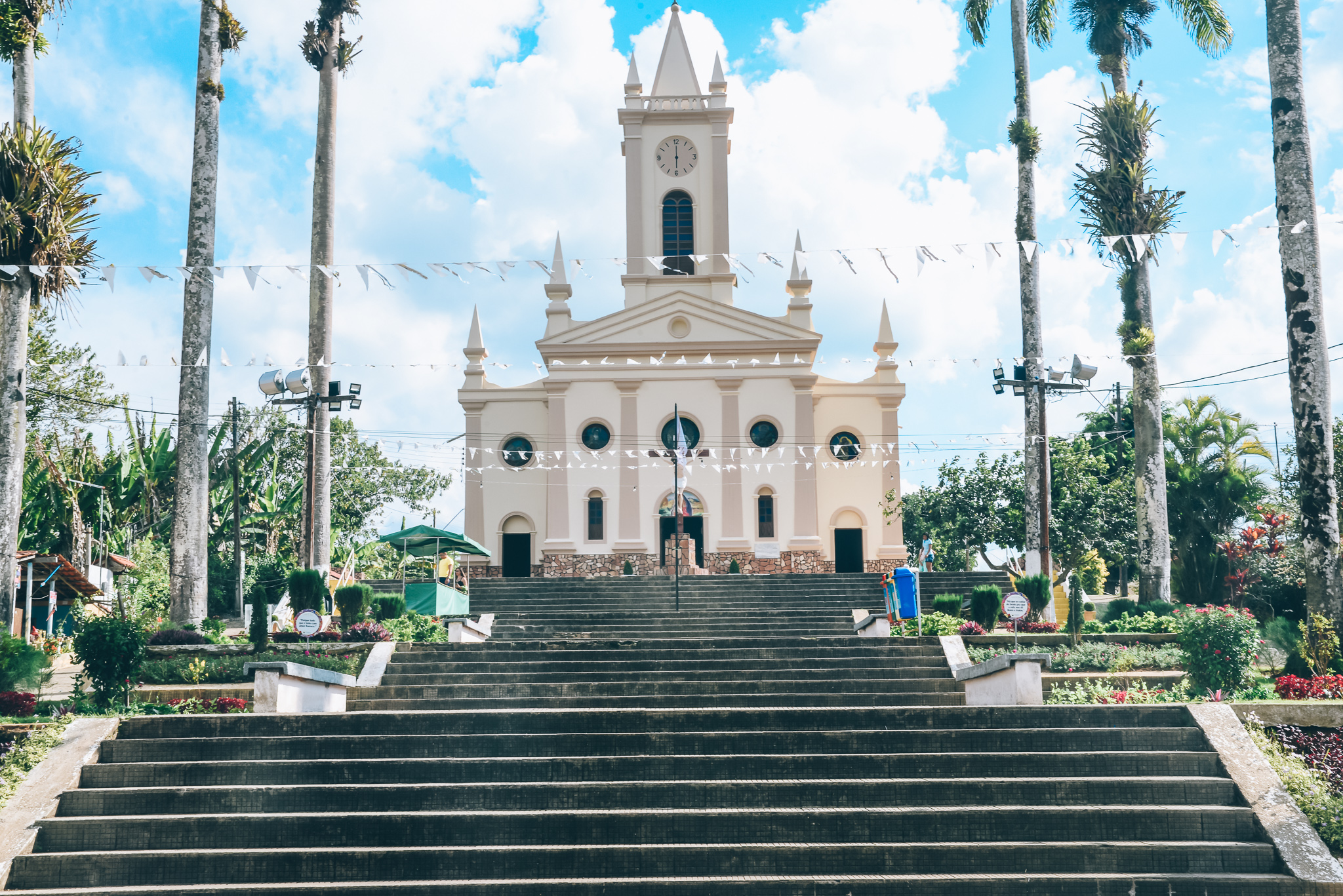
Visit a Unique Coffee Farm
Our last stop on the Green Route was a small coffee farm . Having lived in Colombia for a year, I feel like I’ve seen all there is to see as far as coffee farms go, but little did I know I was to stand corrected. After milling up through the weaving rows of coffee plants, we reached a clearing where the guide told us he wanted us to hear the magic of the farm and insisted we all hold hands and close our eyes. “Here we go,” I sighed, I’ve seen a lot of farms, but it never culminated in what seemed to be a hippy crescendo. We stood silently listening and squirming uncomfortably for a moment. The wind tickled the treetops and was still. Out of the silence started a haunting whistle; not of bird, or wind, but of flutes softly approaching. As the sound grew nearer the guide suggested we opened our eyes and were met by two musicians: a teacher and budding young student. It was such a pleasant way to end the tour, the incorporation of a sensory aspect is commendable, especially because coffee itself is such a sensory experience: the earthiness of the plant, the smell of freshly brewed beans, the taste and naturally that great buzz!

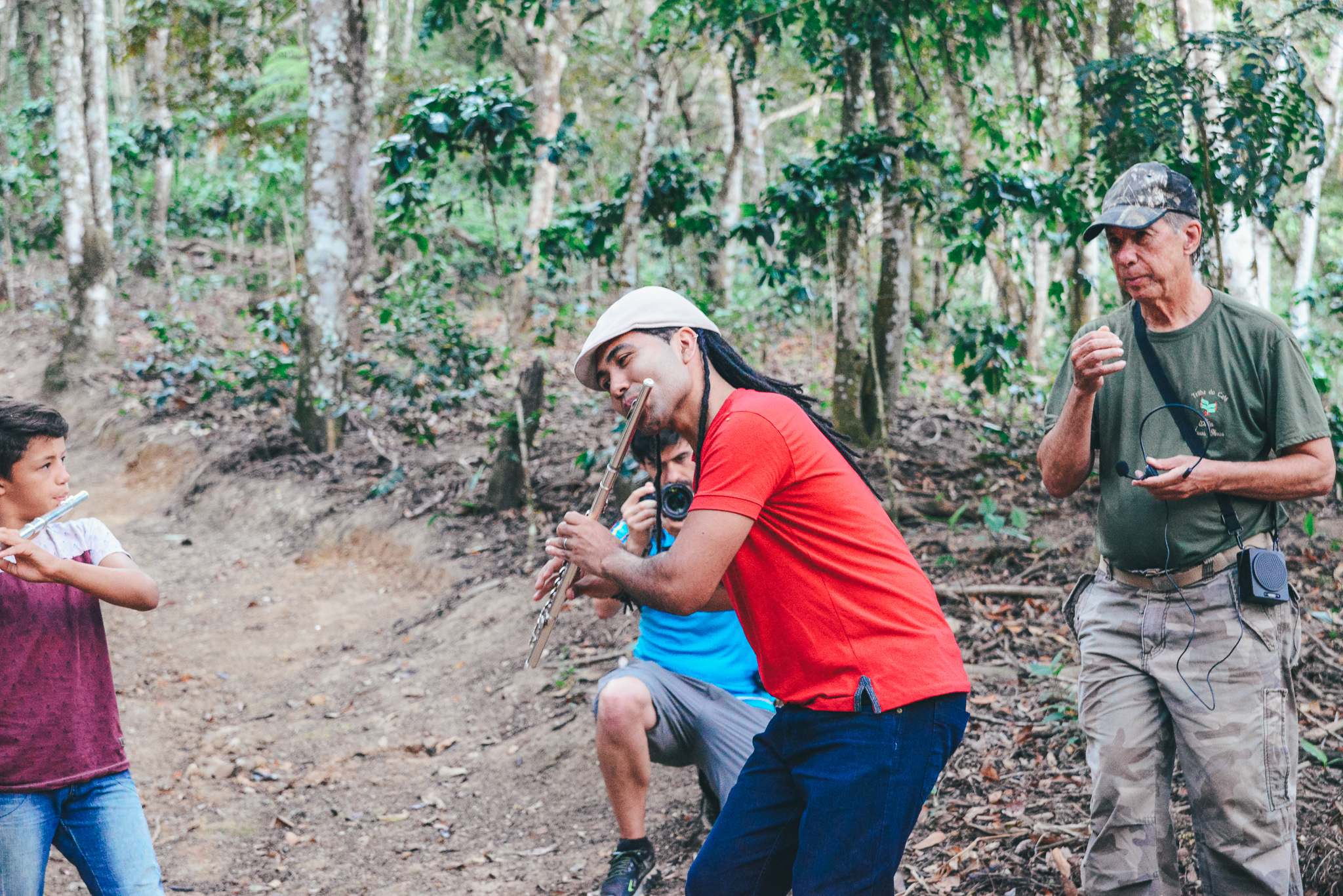
Visit the Largest Water Park in South America
Because sometimes you just need a day off from culture! is one of the largest water parks in the world and the by far largest in South America. Consisting of a beautiful beach complete with bars, restaurants and touristic shops along with the main park itself which is host to 15 different water experiences, suitable for a variety of ages, with everything from modern kids pools to near-vertical flume rides. Topped with a range of casual dining options, sauna, local dance shows and even overnight accommodation; Beach-Park is very much a one-stop-shop for those looking for a day off from sightseeing. Signs are in translated into English, and there are some English-speaking staff onsite, making this one of the more modern, tourist-friendly activities within the area.

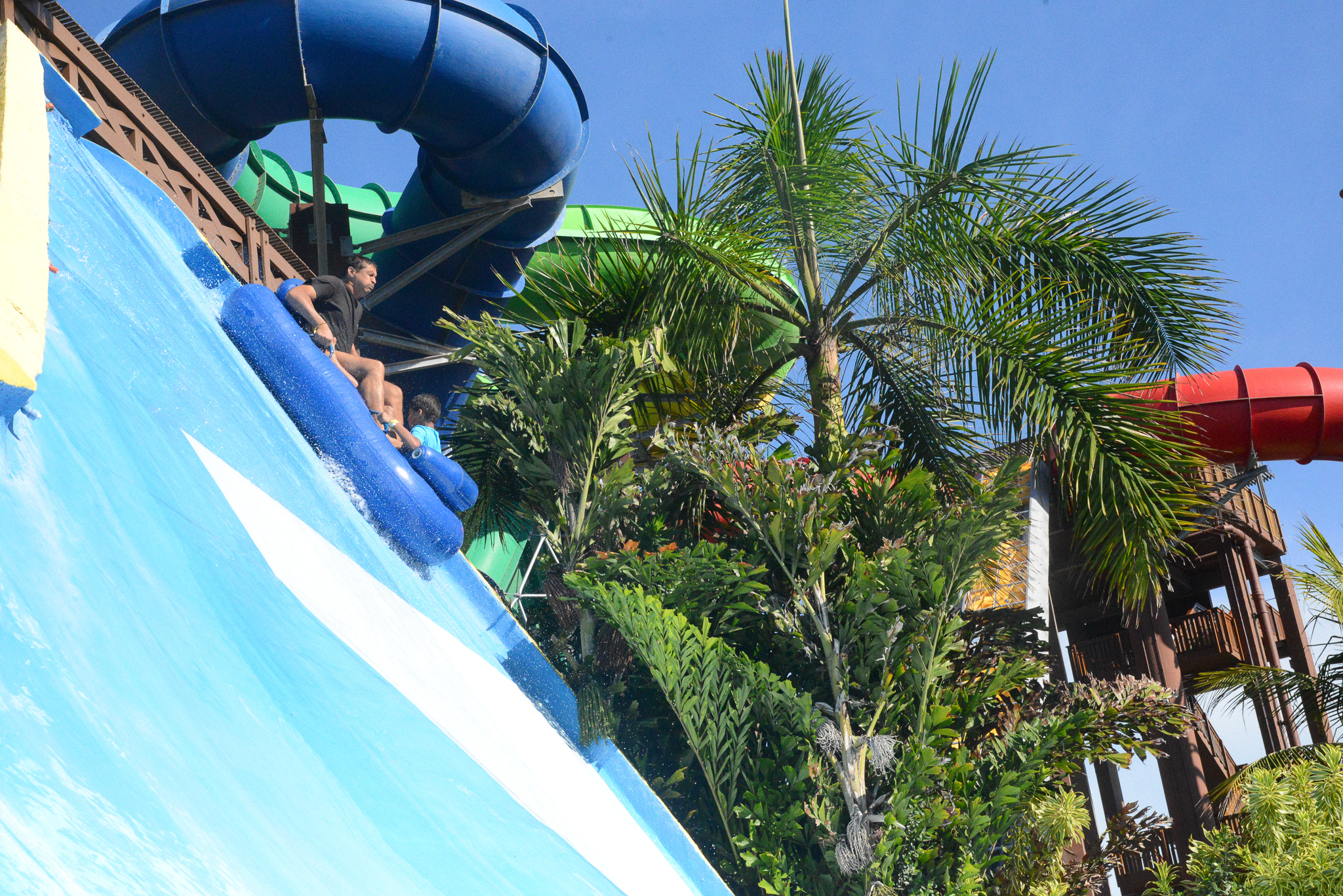
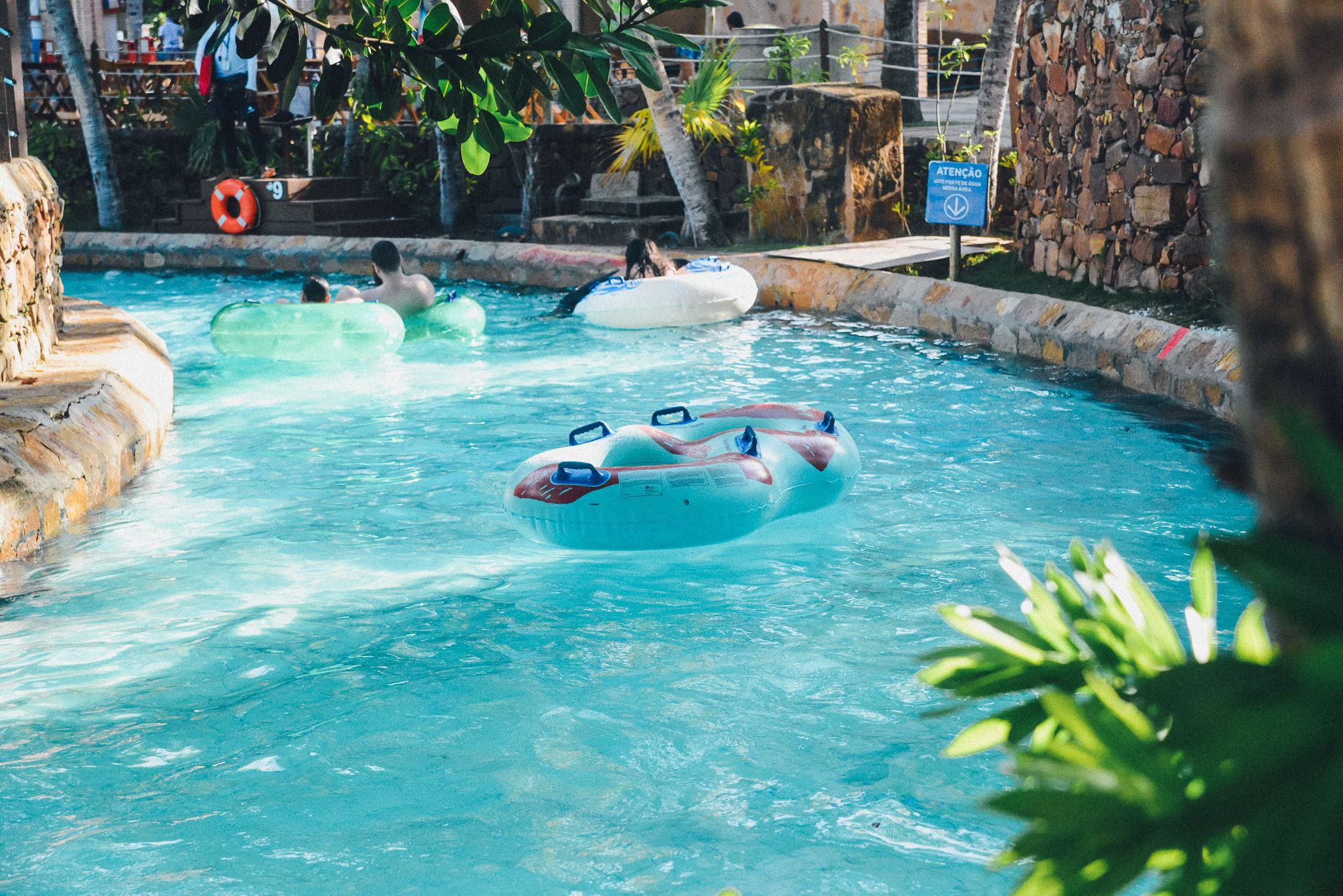
Notes on Ceará
Nightlife
Sadly I didn’t get to experience much of Ceará’s nightlife, but it definitely exists. We enjoyed beachside dining and drinks along with a dance night famed as the “wildest Monday night in the world” which I don’t know if I would necessarily agree with, but maybe I’ve just had some particularly wild Mondays? It was certainly a cultural experience and fun for those who are interested in regional dance. Forró is the musical style of choice on Mondays at , which is a traditional dance that originated in the area.
Travel Info
With direct flights from Frankfurt, Paris, Amsterdam and Lisbon, Ceará is within a reasonable distance for tourists from Europe. Flight time is around 7 – 10 hours, depending on which city you fly out of, with Lisbon being the shortest flight time at just 7 hours. As mentioned previously Fortaleza is only 3 hours behind GMT, which makes it an excellent option for those who don’t want to lose valuable time to jetlag. American tourists can also access the area via direct flights from Miami and Orlando, taking just 8 hours transit time. Paired with just a 2 hour time difference from EST, this area of Brazil is geographically convenient for anyone who needs to stay on EST.
Weather:
Ceará is blessed with beautiful year-round weather ranging from the mid-20s to mid-30s Celcius. So as a winter-sun spot this area has serious potential; it’s not hard to see why kite surfers retreat to Jeri in the winter months.
Safety:
I feel like its hard for me to comment on safety as I visited as part of a group tour so was rarely alone. It felt relatively safe to me, but perhaps this would be different if travelling by public transport. I was advised not to leave the hotel on my own, which seemed overly cautious. At one beach club, we wandered out onto the beach and were brought back immediately by security insisting it wasn’t safe. I guess this is a natural progression in developing areas where there is a sudden increase of tourists, there is bound to be petty crime.
Update: Since returning from Ceará there has been an unfortunate turn in terms of safety. It would be irresponsible not to mention this as safety is such a big factor in choosing a destination, particularly for women. As of the beginning of January 2019 there have been a number of gang-related acts of terrorism within Fortaleza and other cities within the state of Ceará. The violence is supposedly in response to new tougher conditions on prisoners within the state. There have been bombings of city transport vehicles, government offices and more. Anyone travelling to this region should check with their government guidelines regarding Ceará before travelling to the state.
English
Unfortunately English doesn’t seem to be that widely spoken in this part of Brazil yet. Hotel staff, tour guides and other people working within the industry seem all to be multilingual: English, Spanish and Portuguese. If you speak Spanish, you might have better luck here than English speakers. And for Portuguese-speakers this is an ideal destination.
In Conclusion
While I’m not entirely convinced that Ceará is ready for mass tourism just yet, there is potential there. Fortaleza seems lacking in services to make it a significant tourist destination currently and the issues with language and safety are something to bear in mind. With that said, given its close proximity and year-round sunshine, it’s an excellent option for those seeking to see a different side of Brazil; perhaps to explore the more folksy culture of the northern states, or maybe just to ride down dunes all day. With Jeri slowly becoming more known it seems the rest of Ceará will no doubt follow suit, so there might only be a few years left to explore the unknown before the coastline is inevitably crowded with resorts. I hope that the current safety concerns will pass and Ceará can continue etching itself slowly on to the map.





























